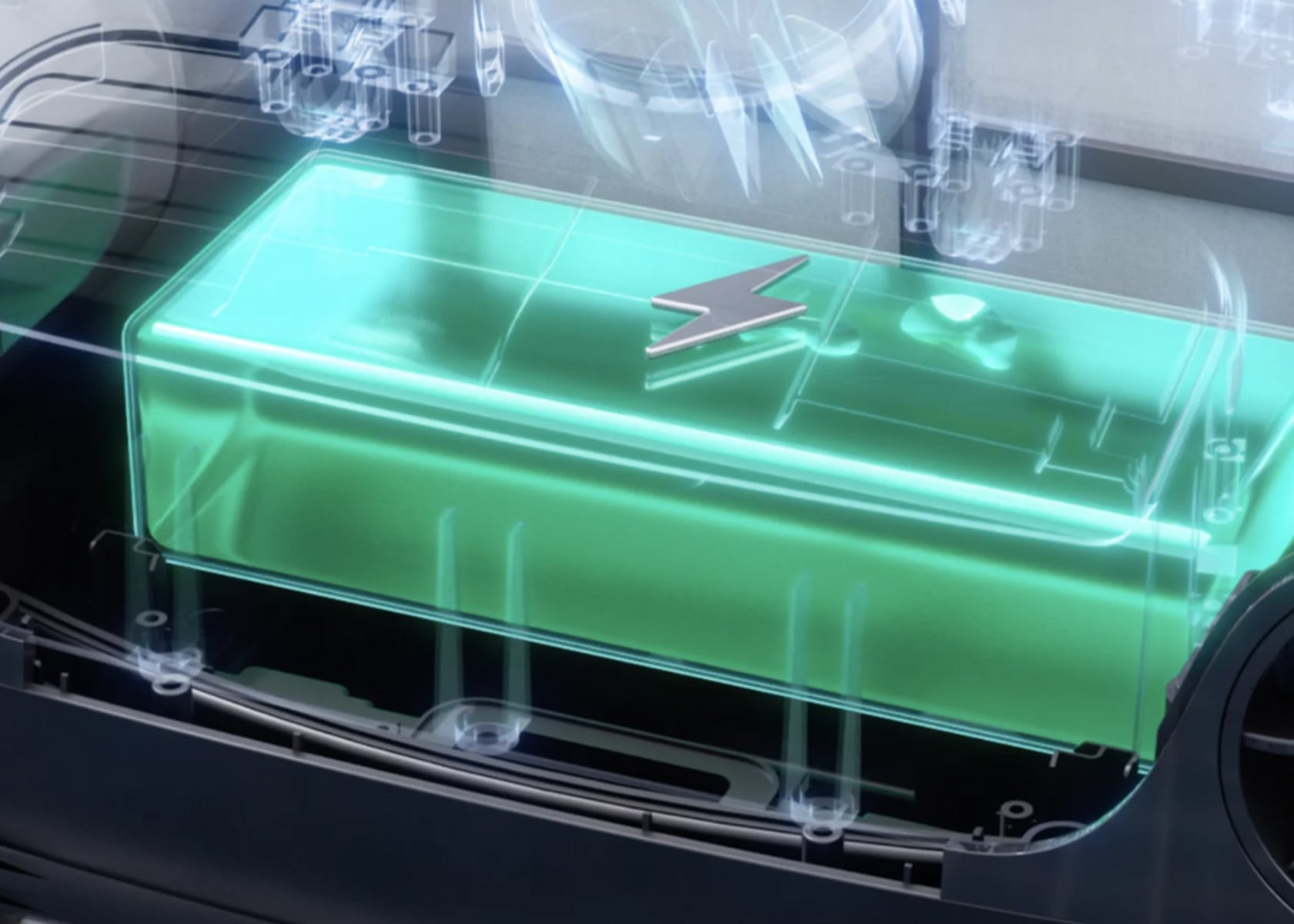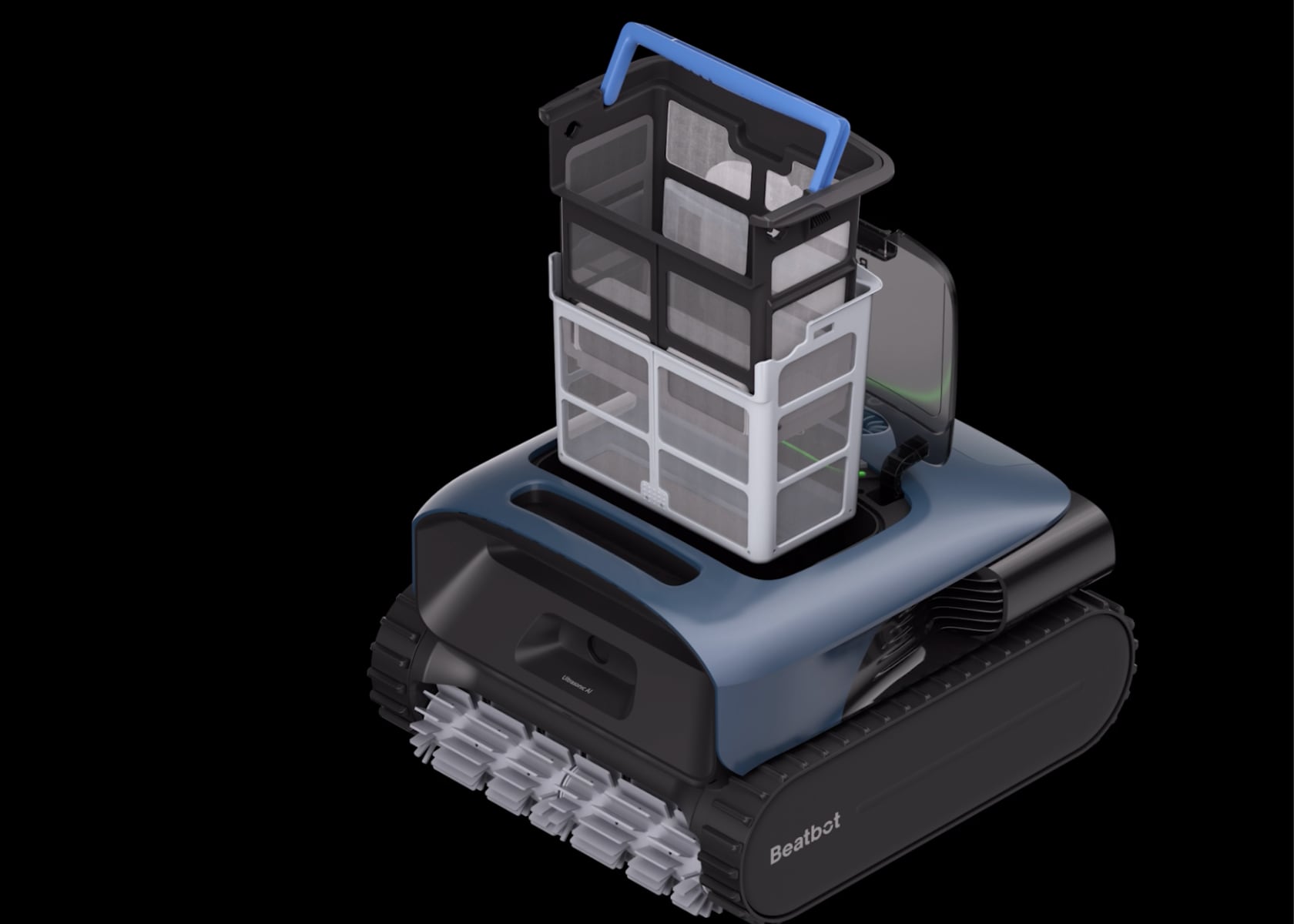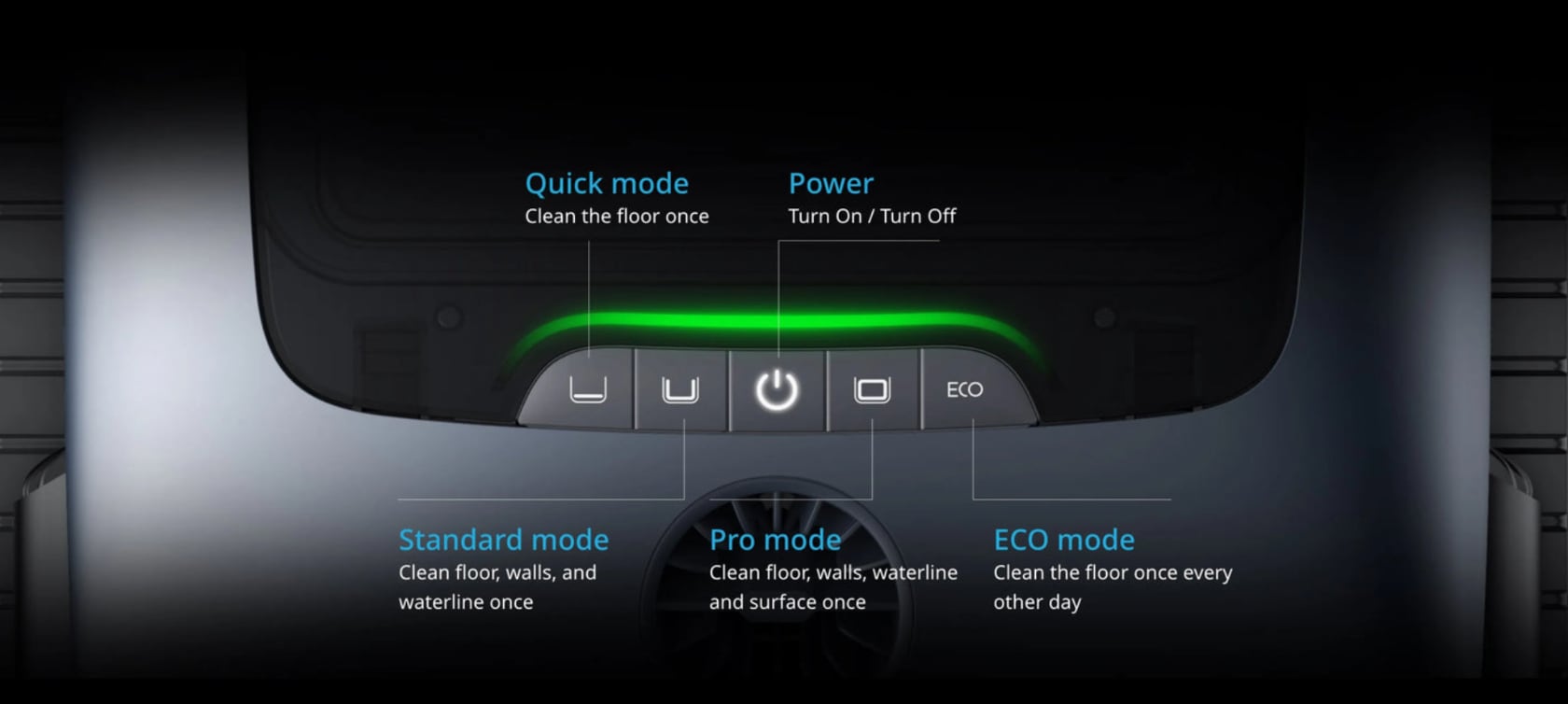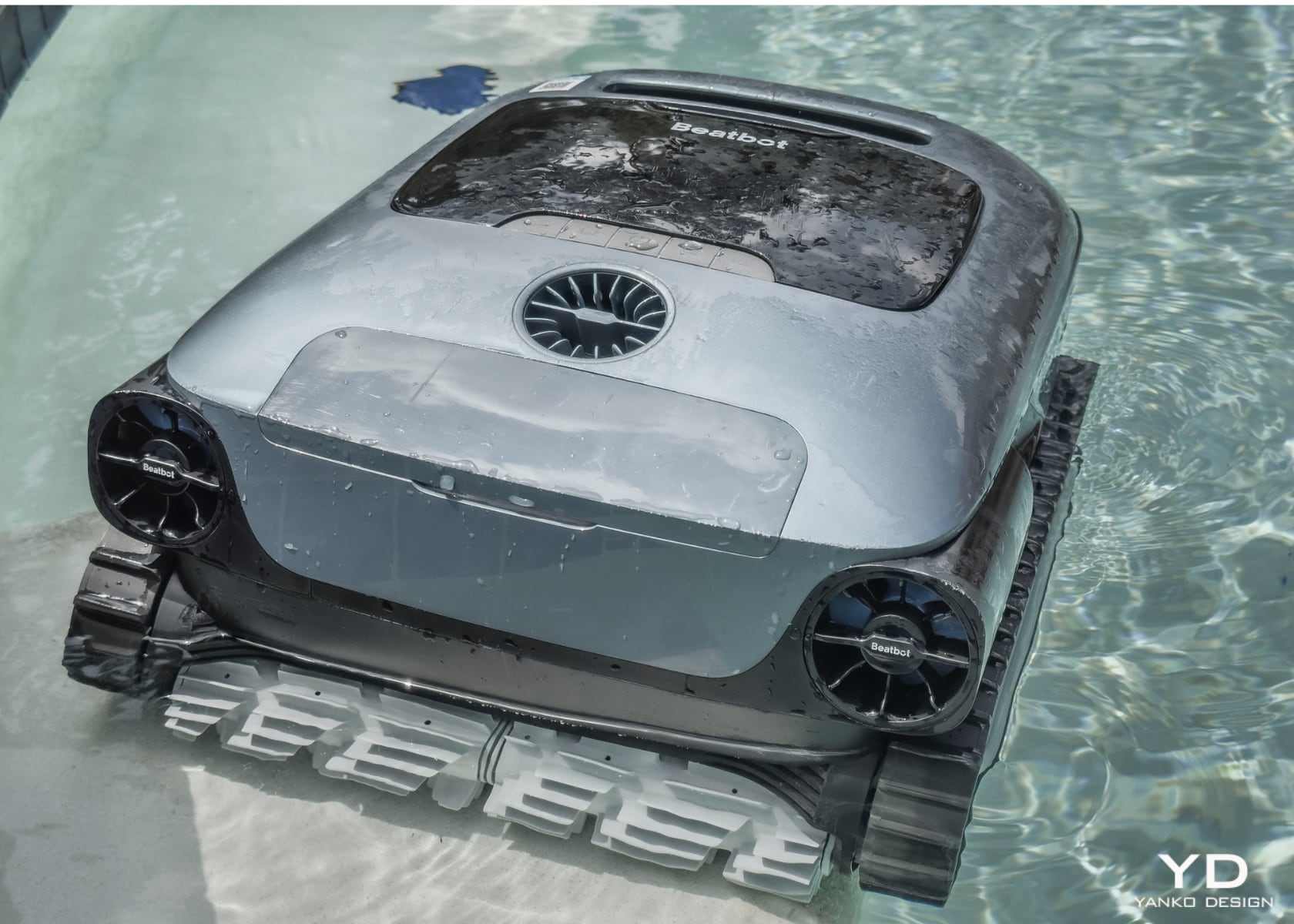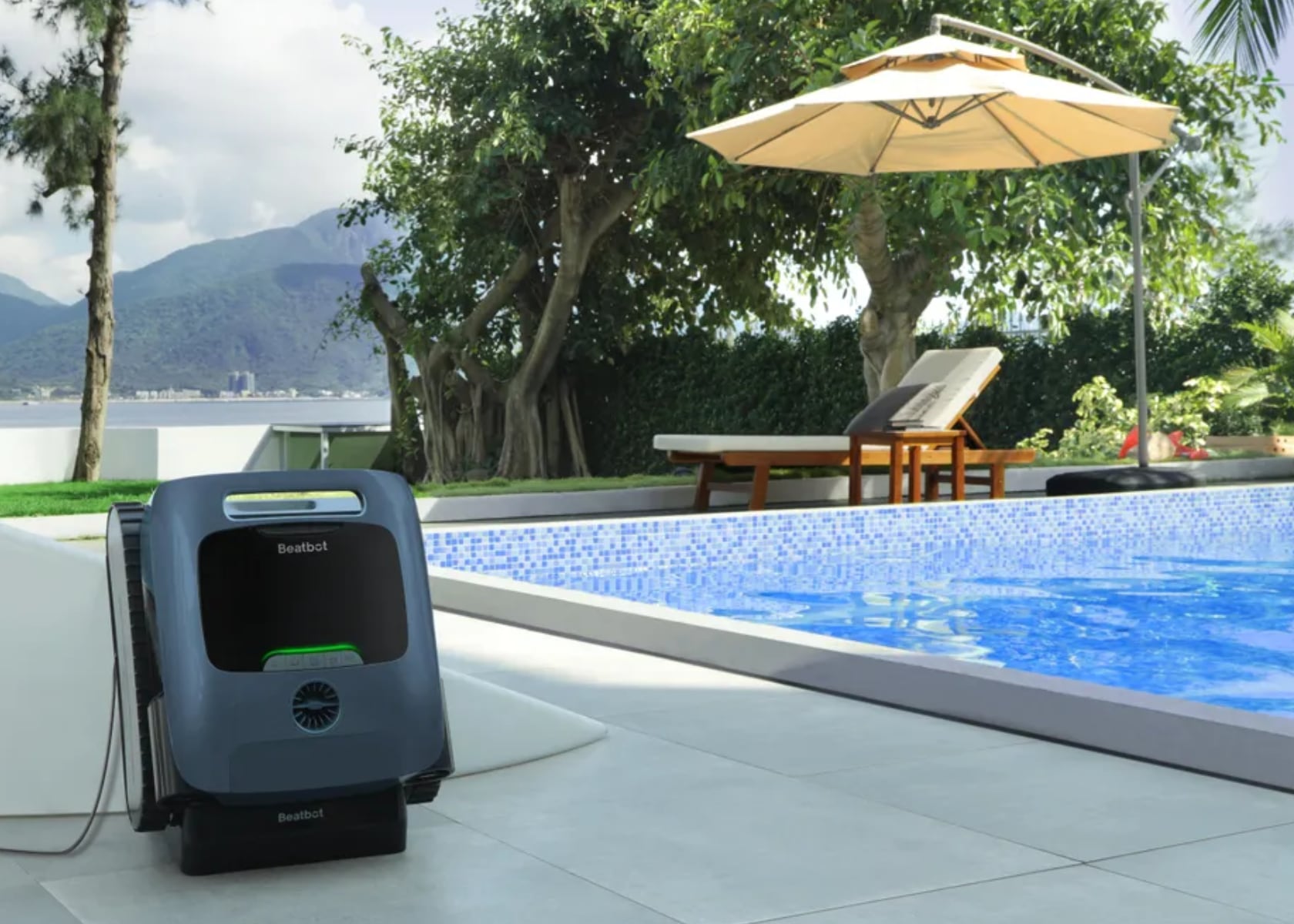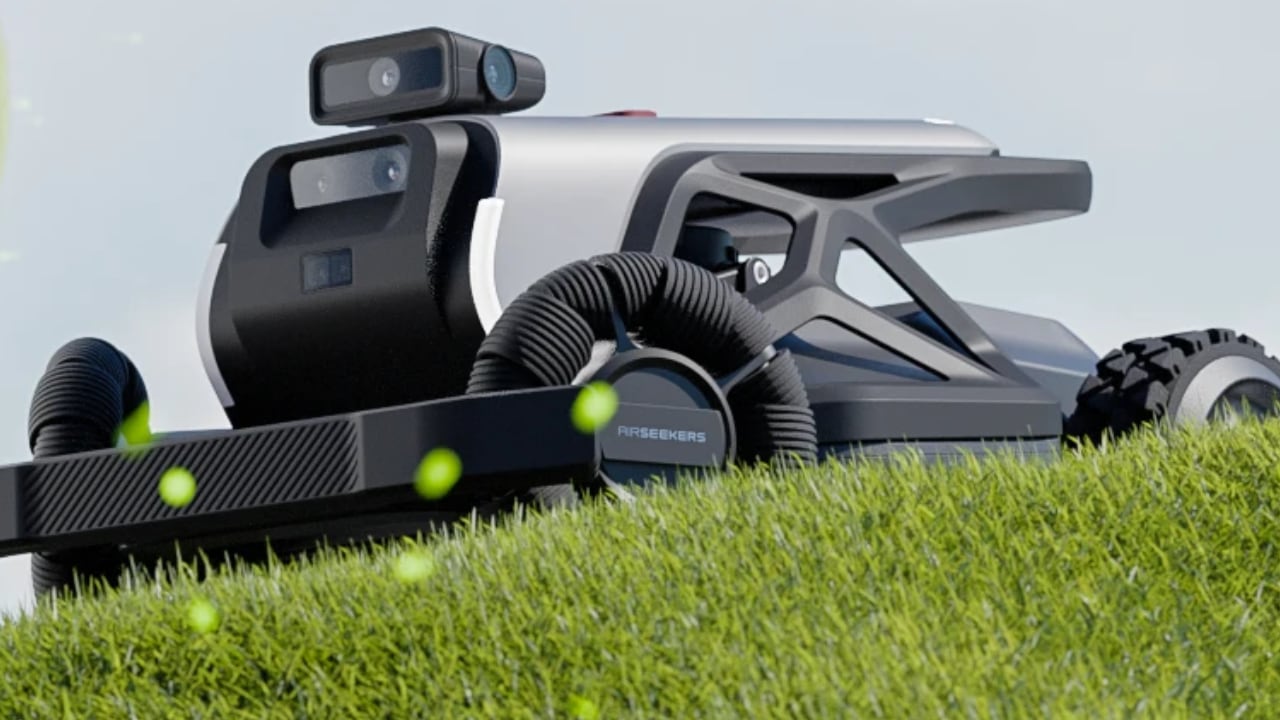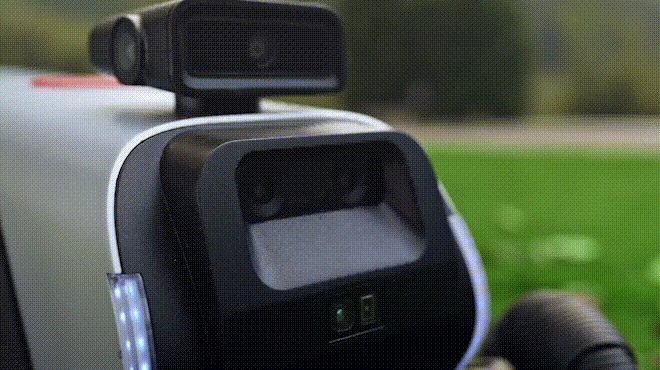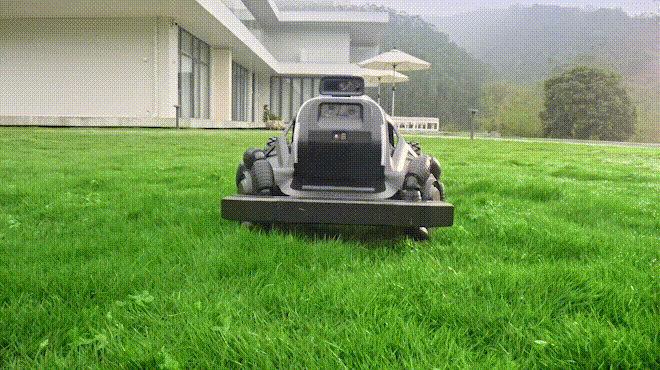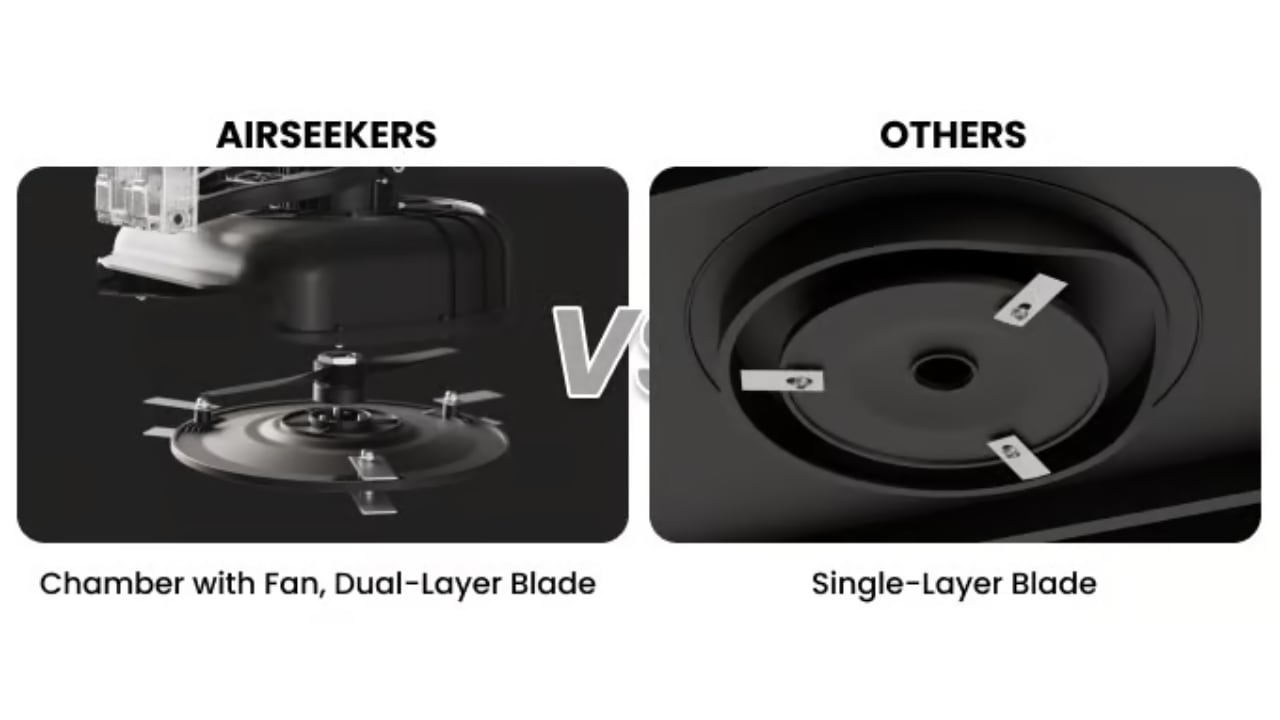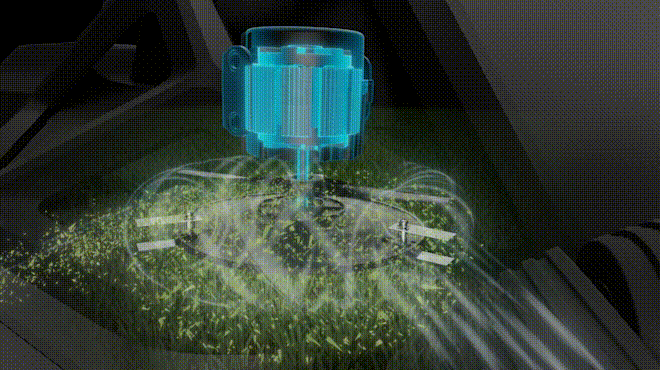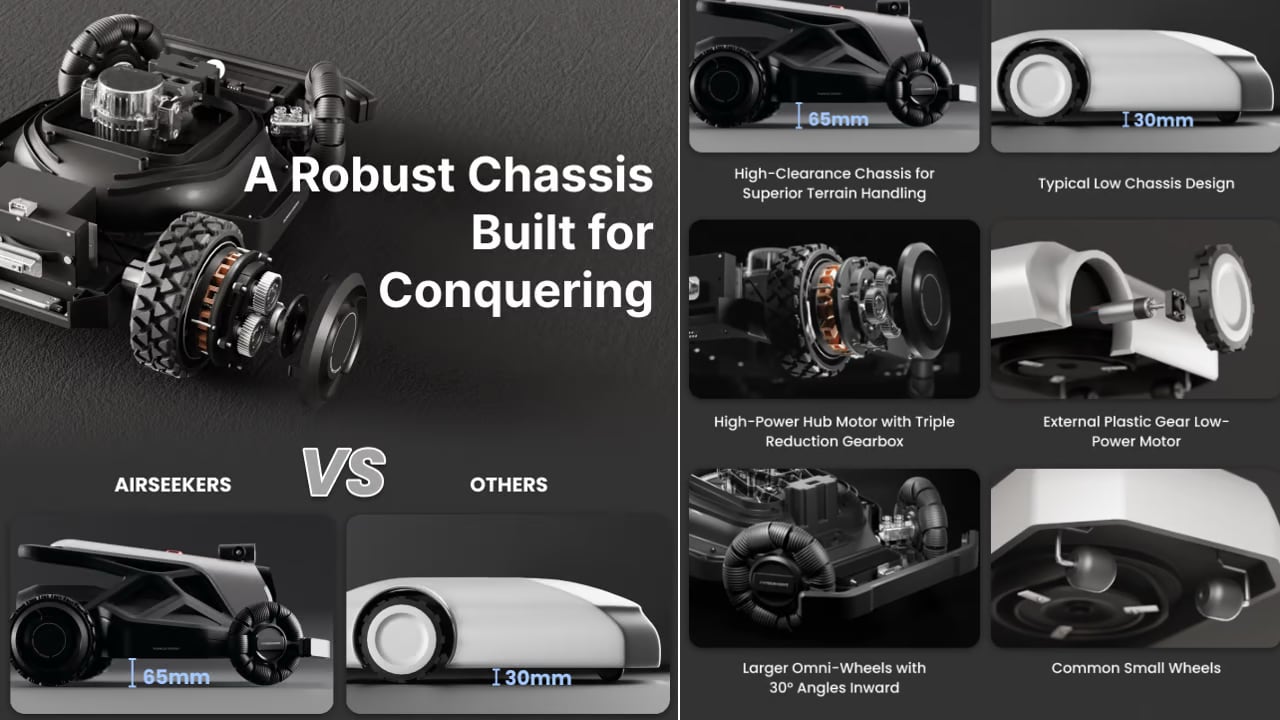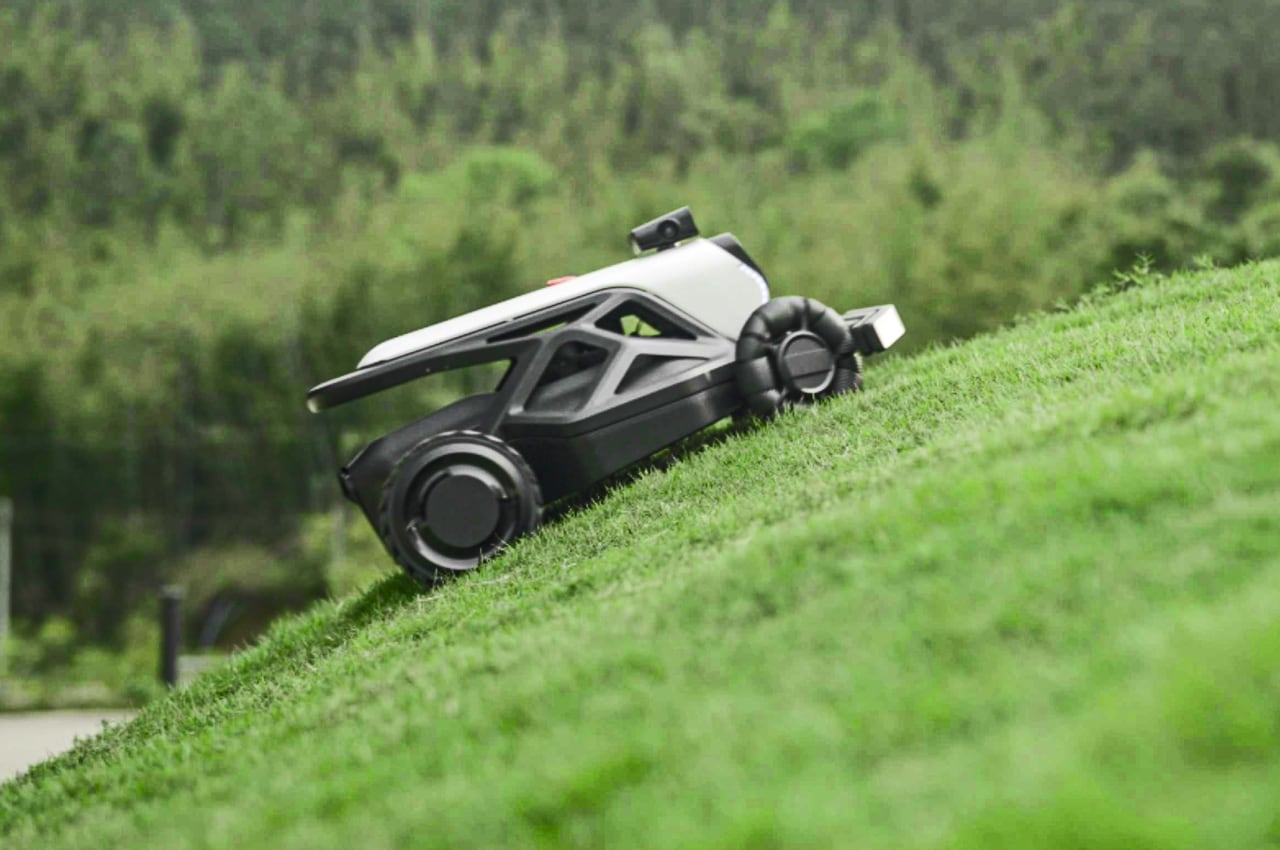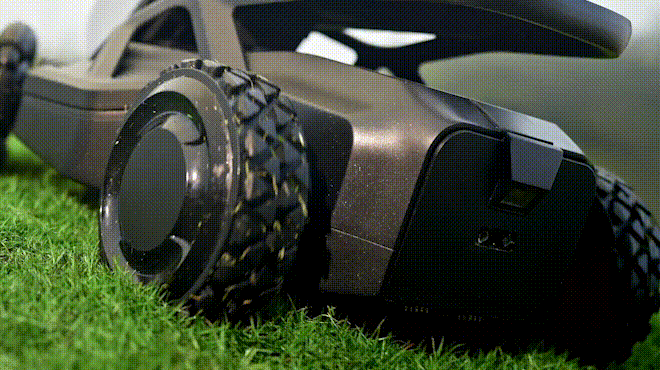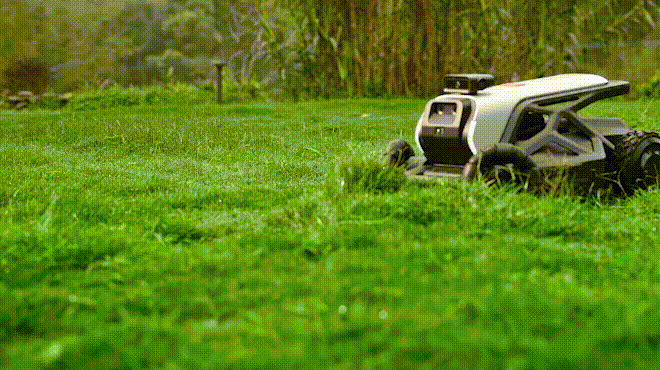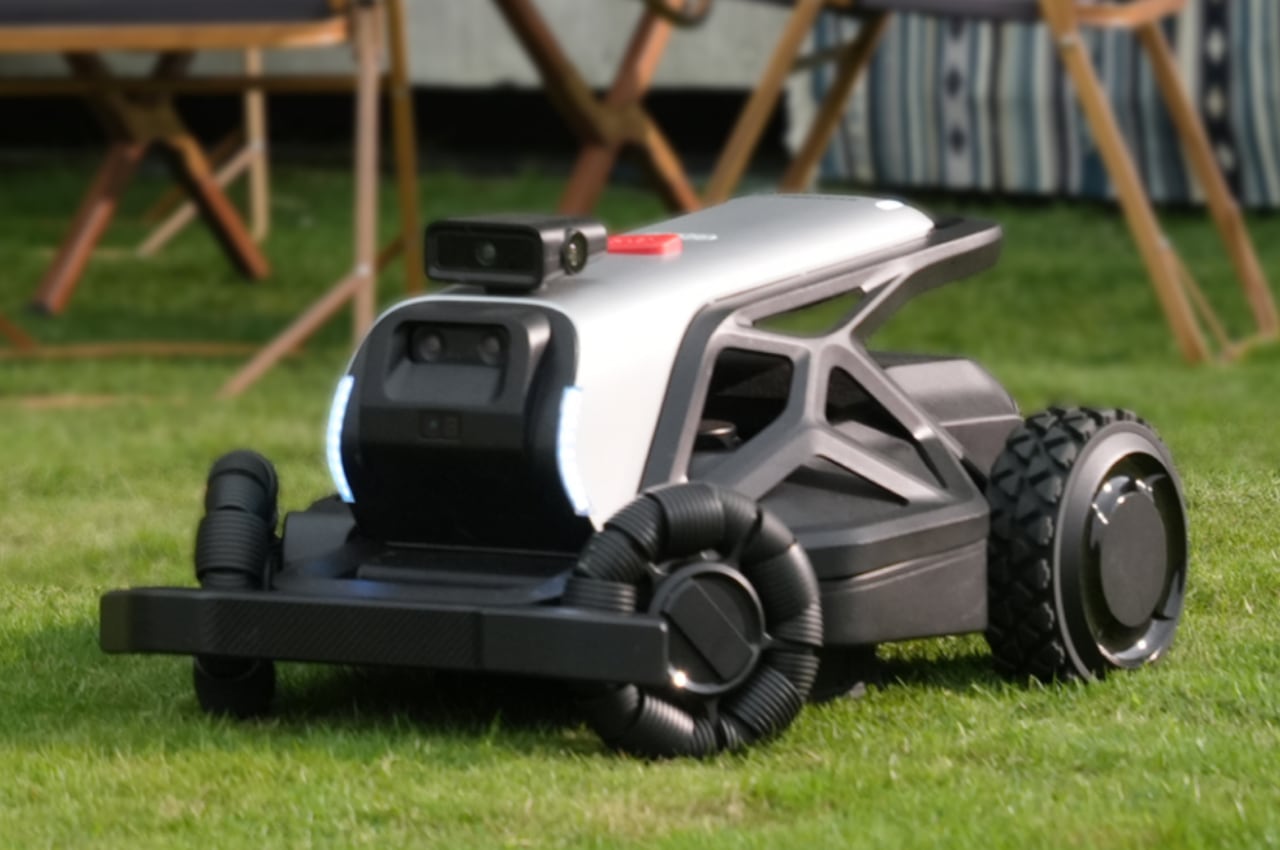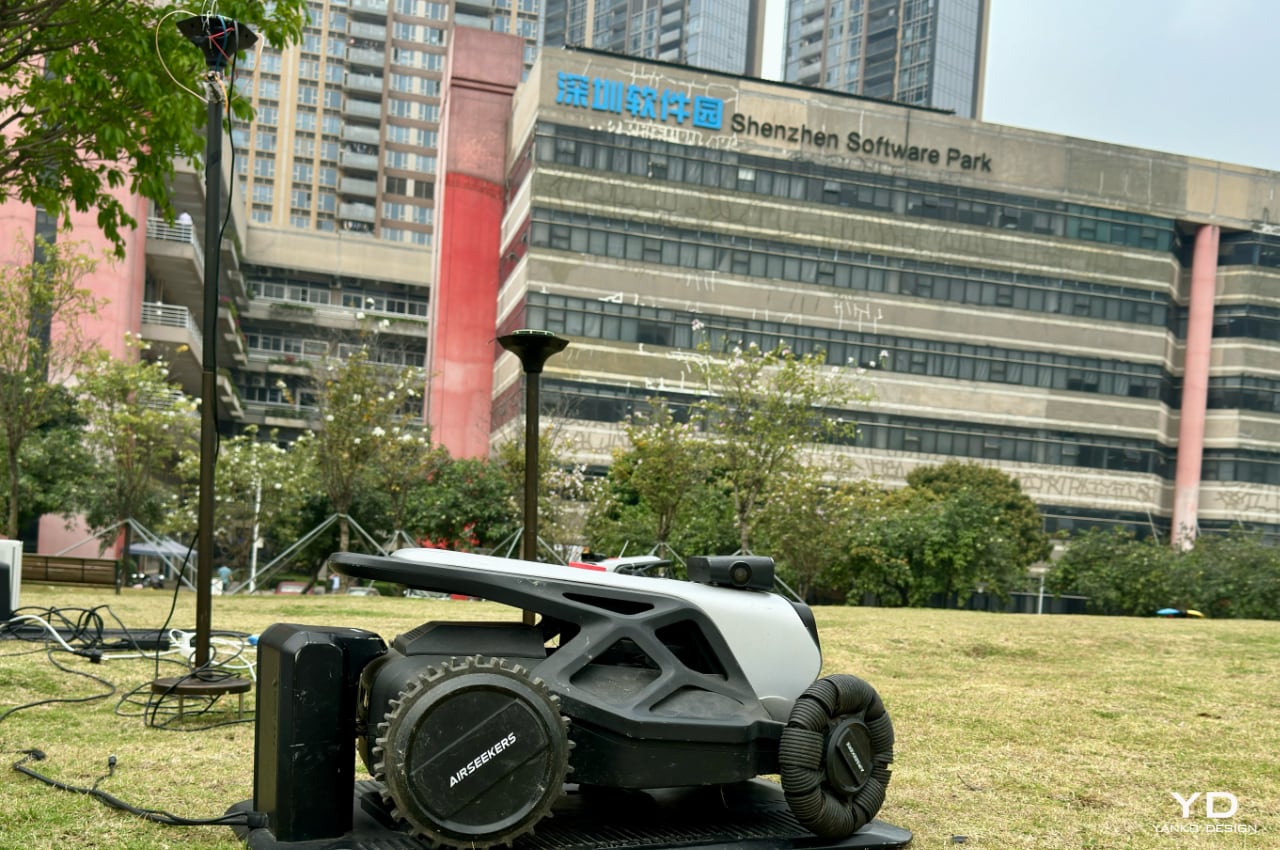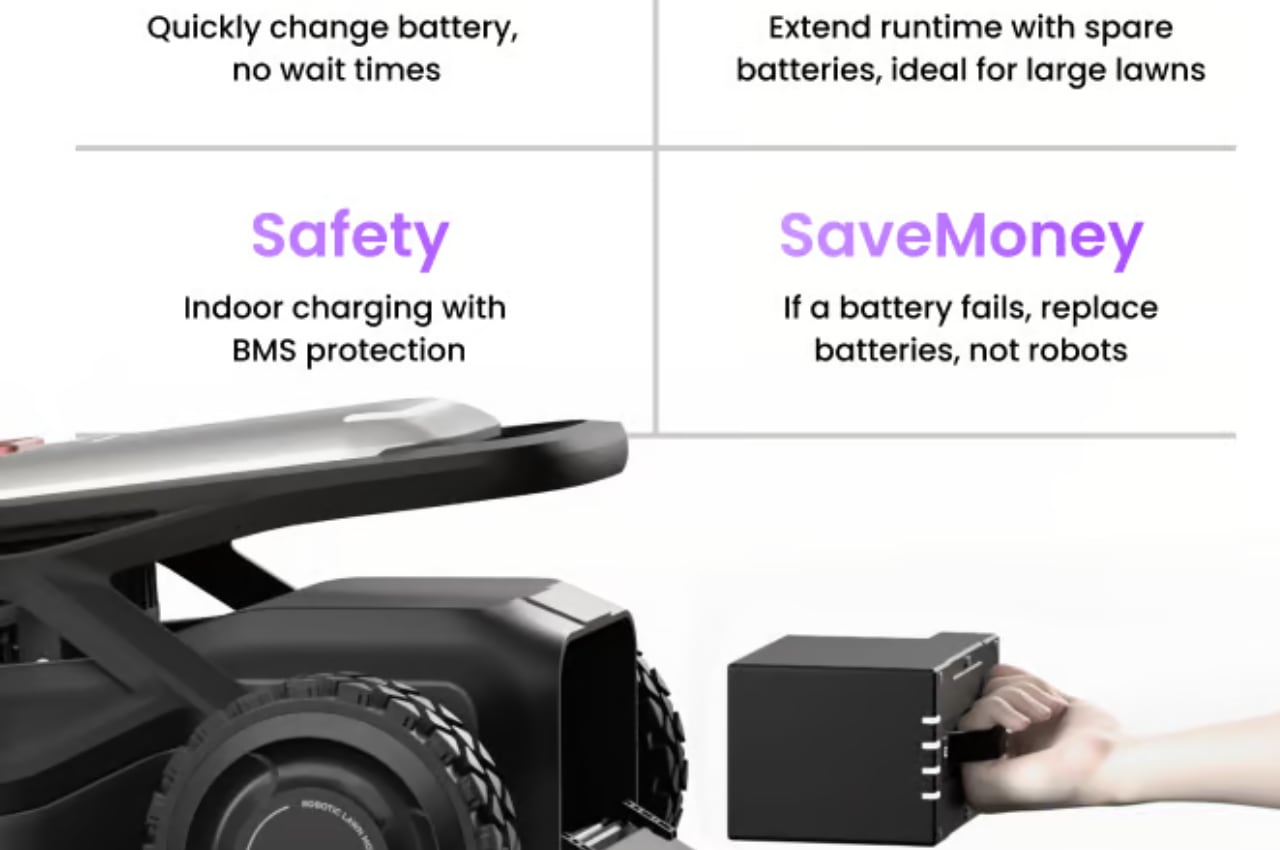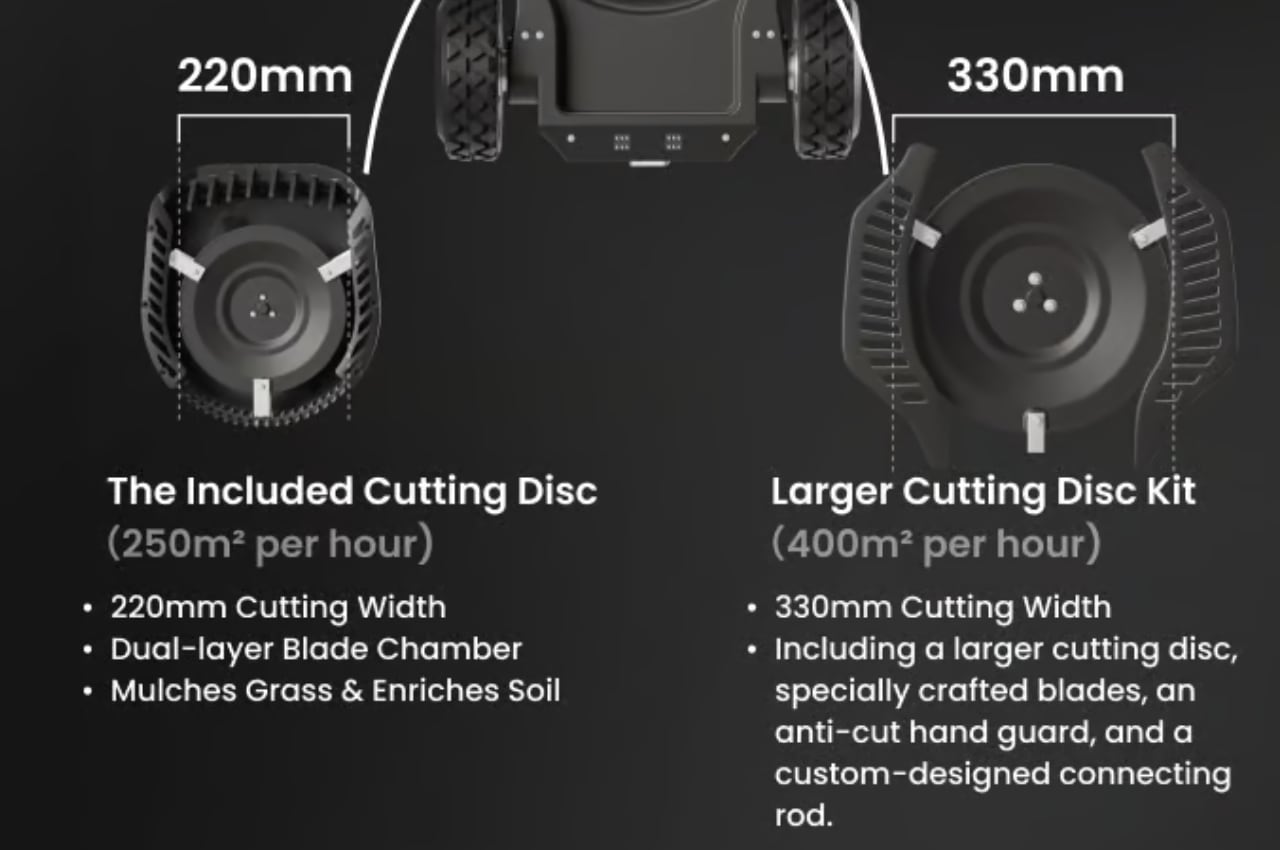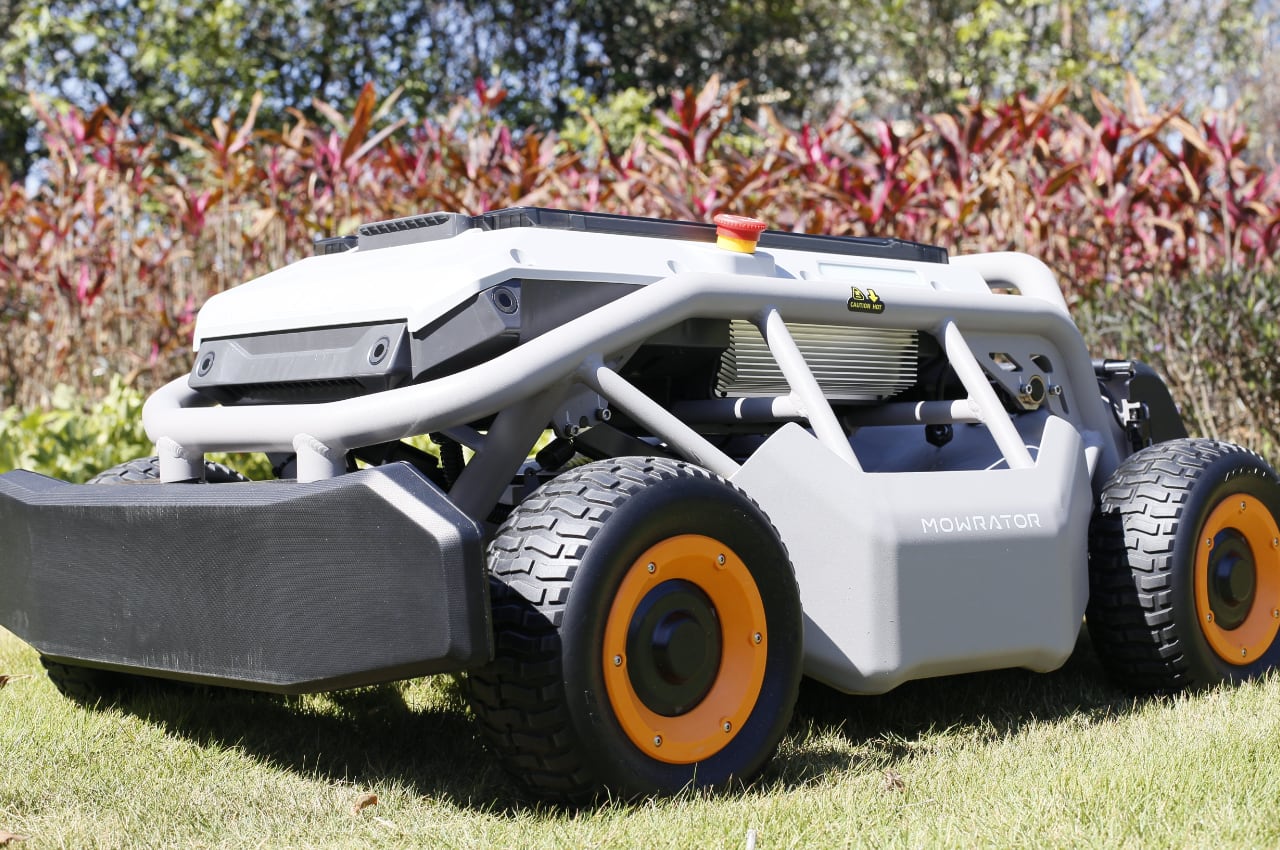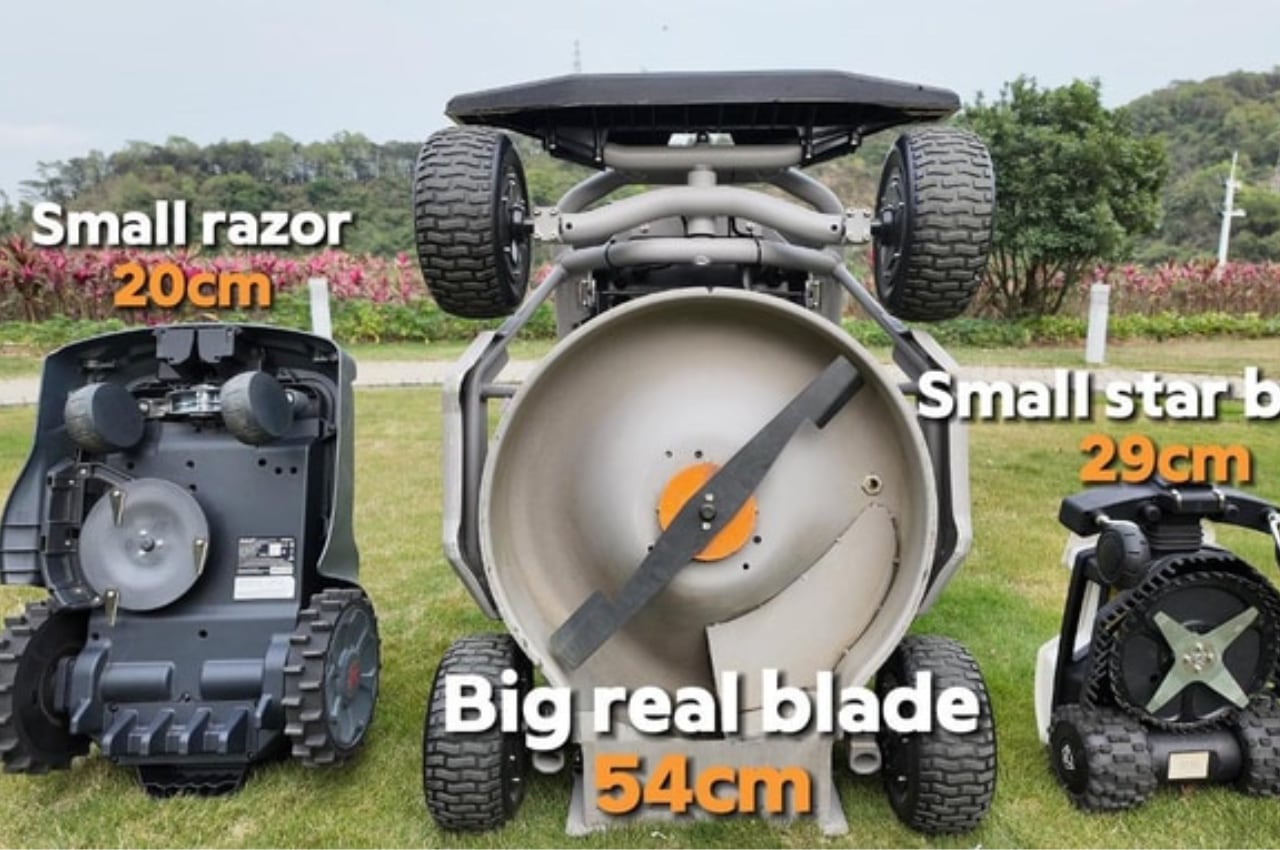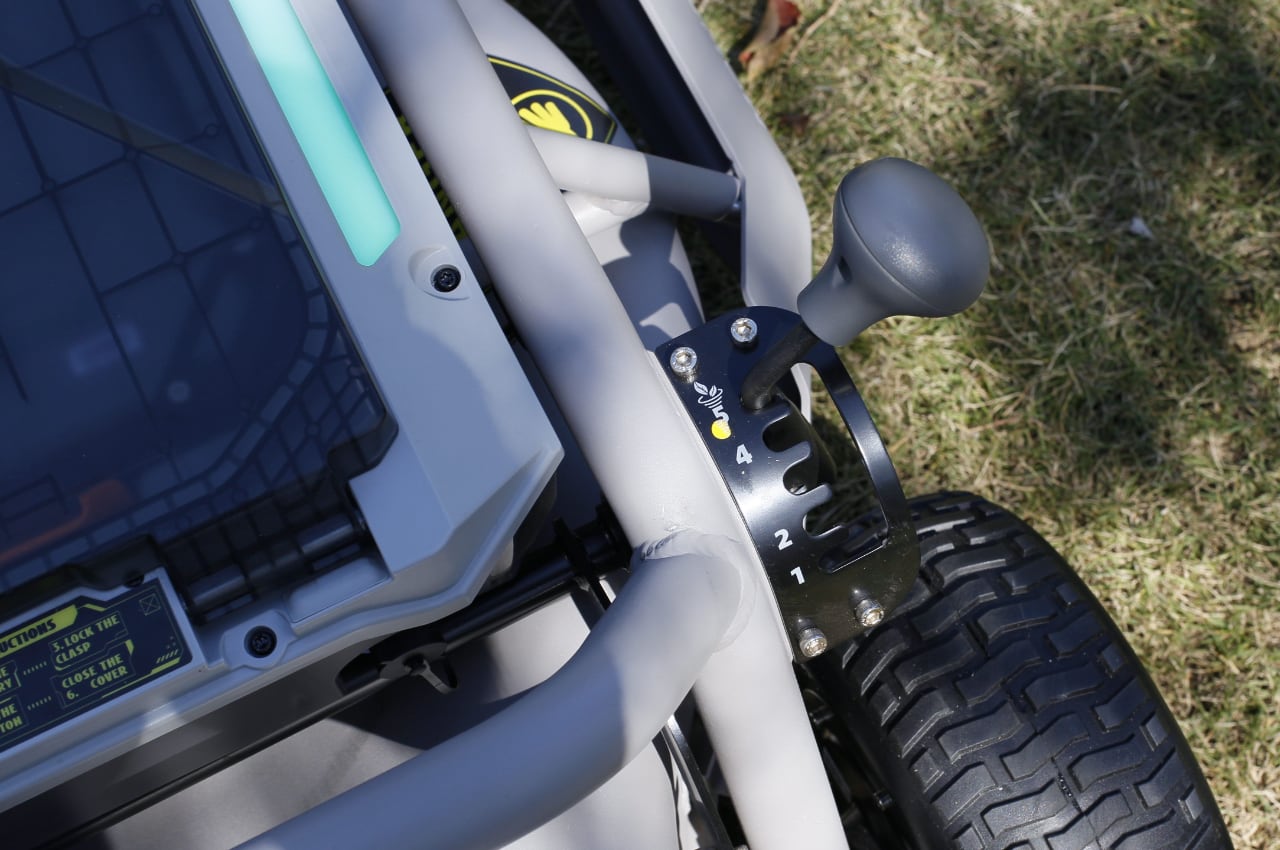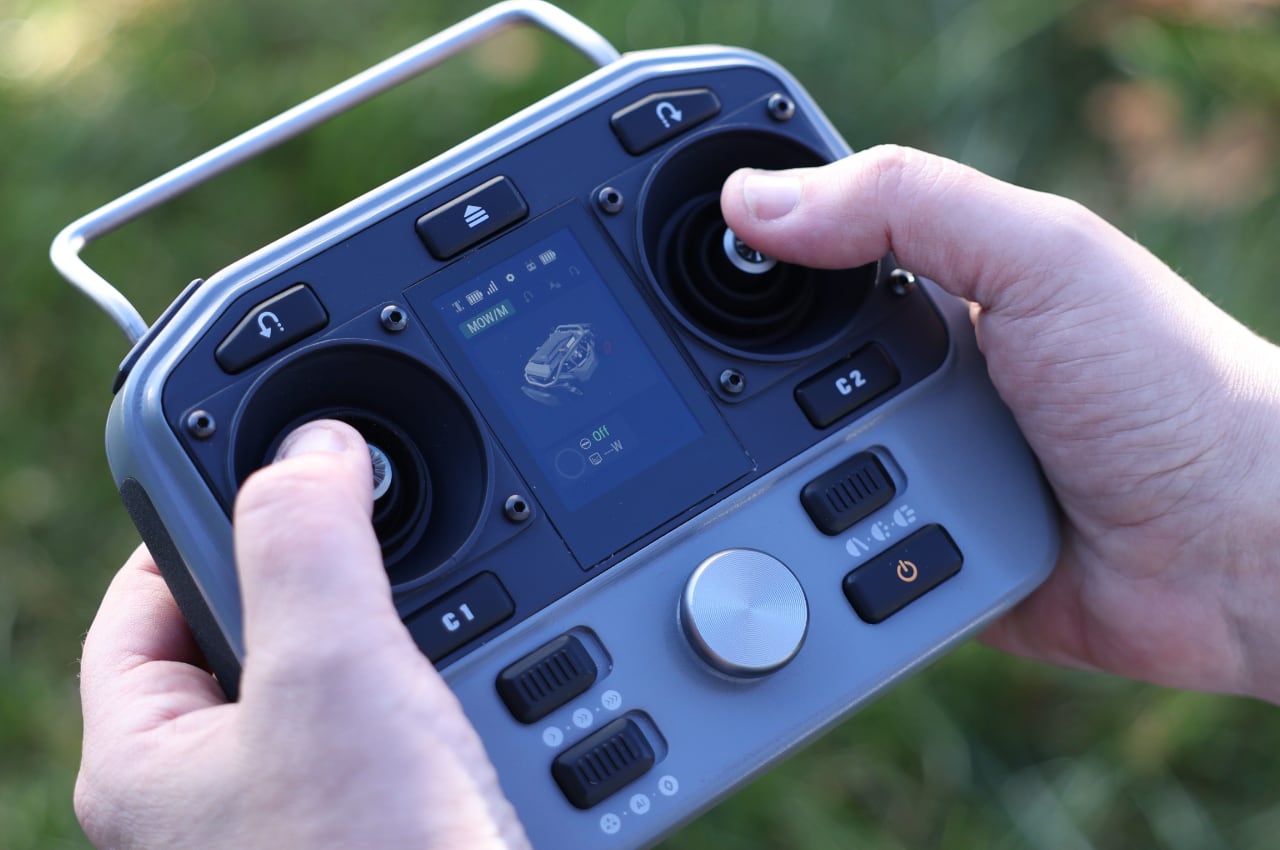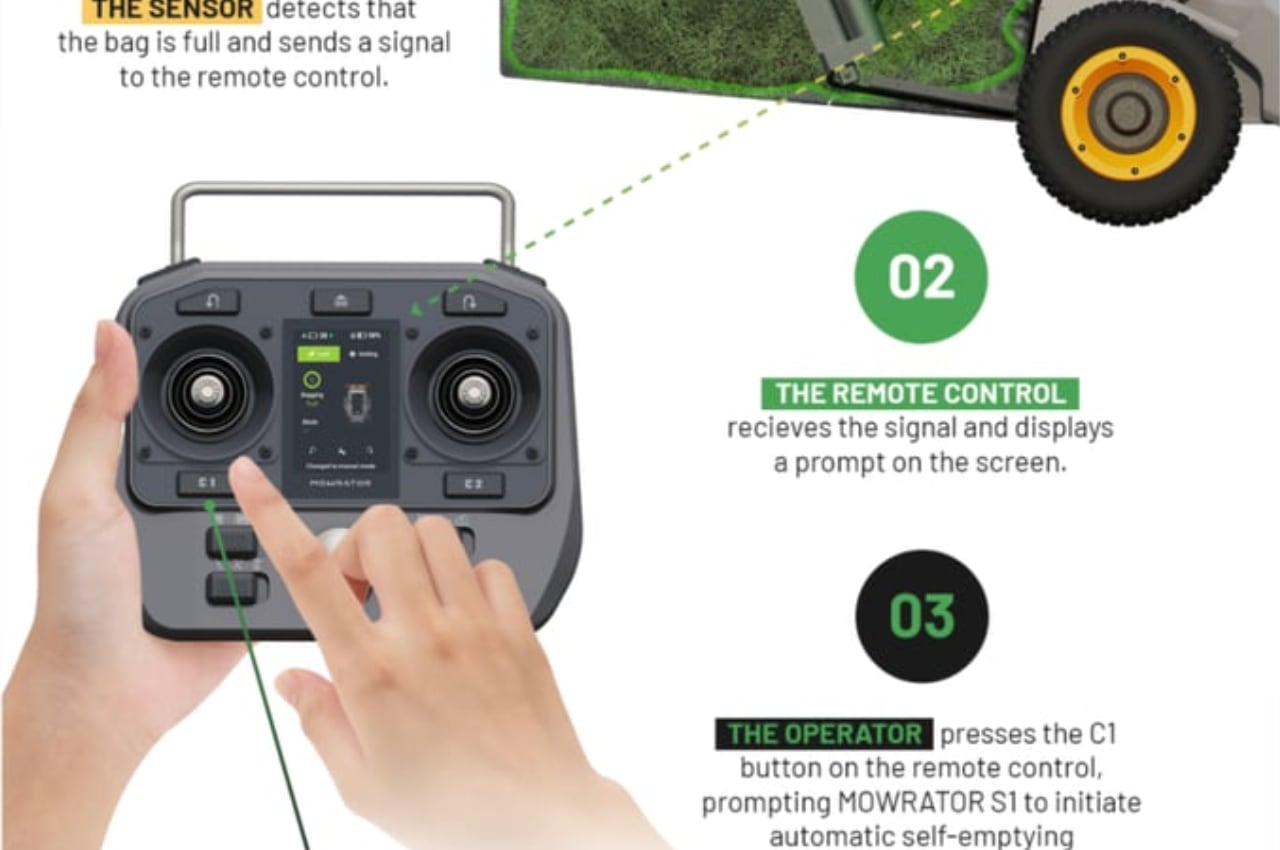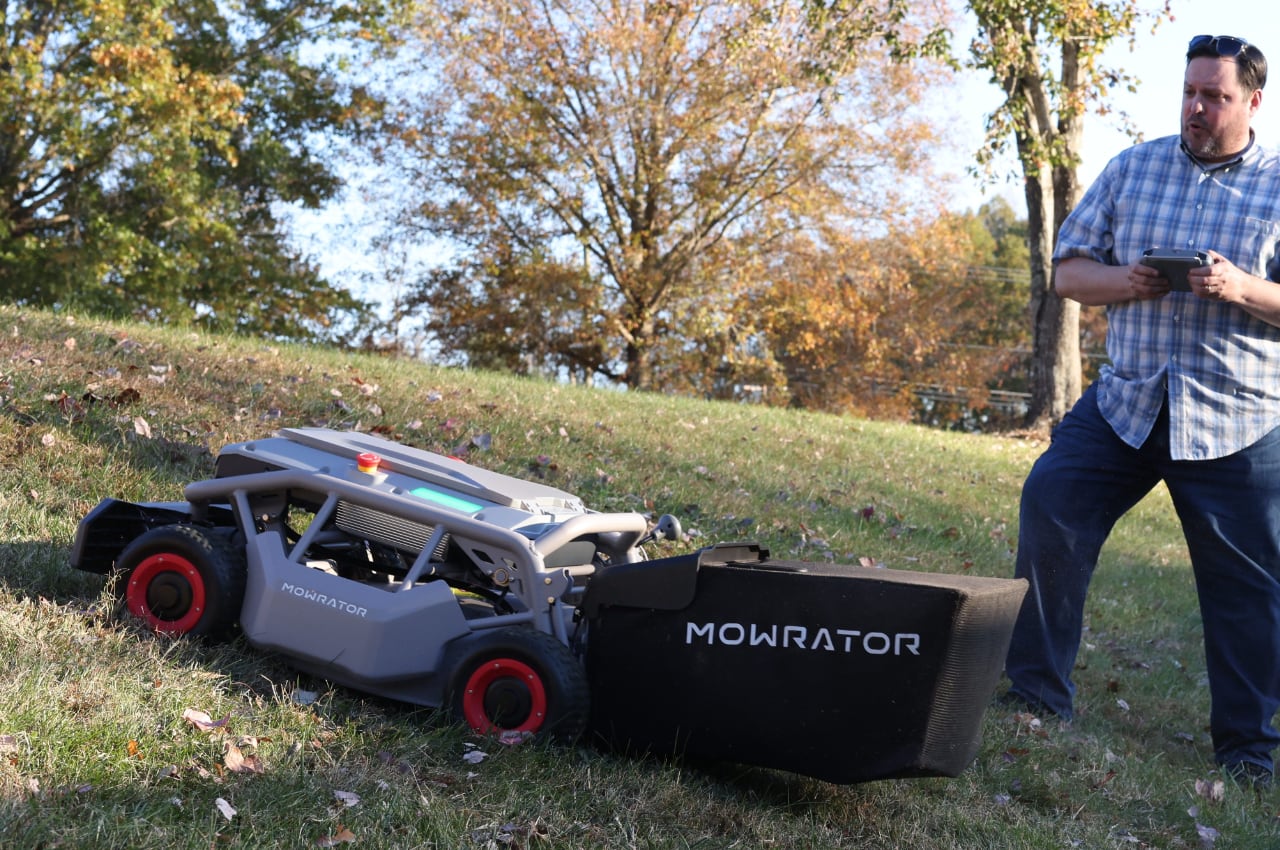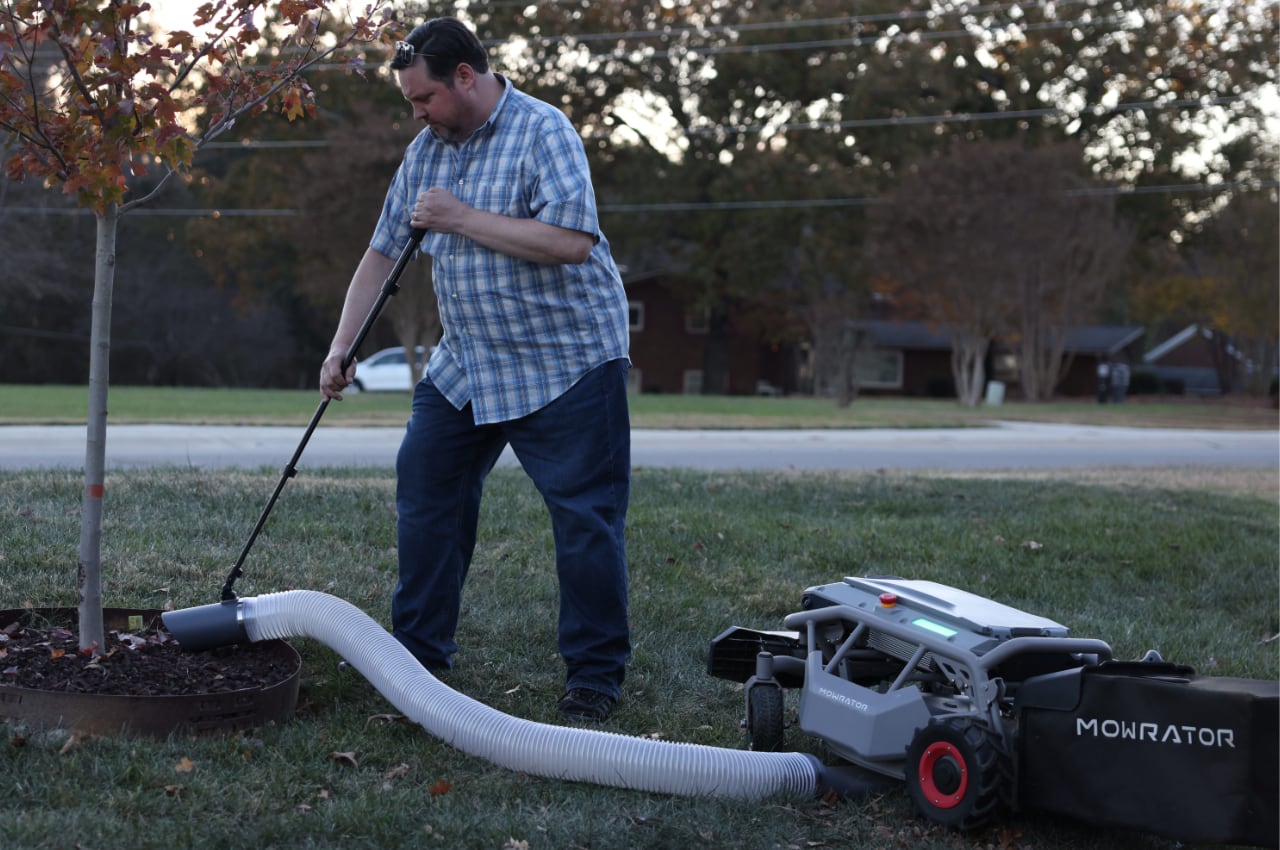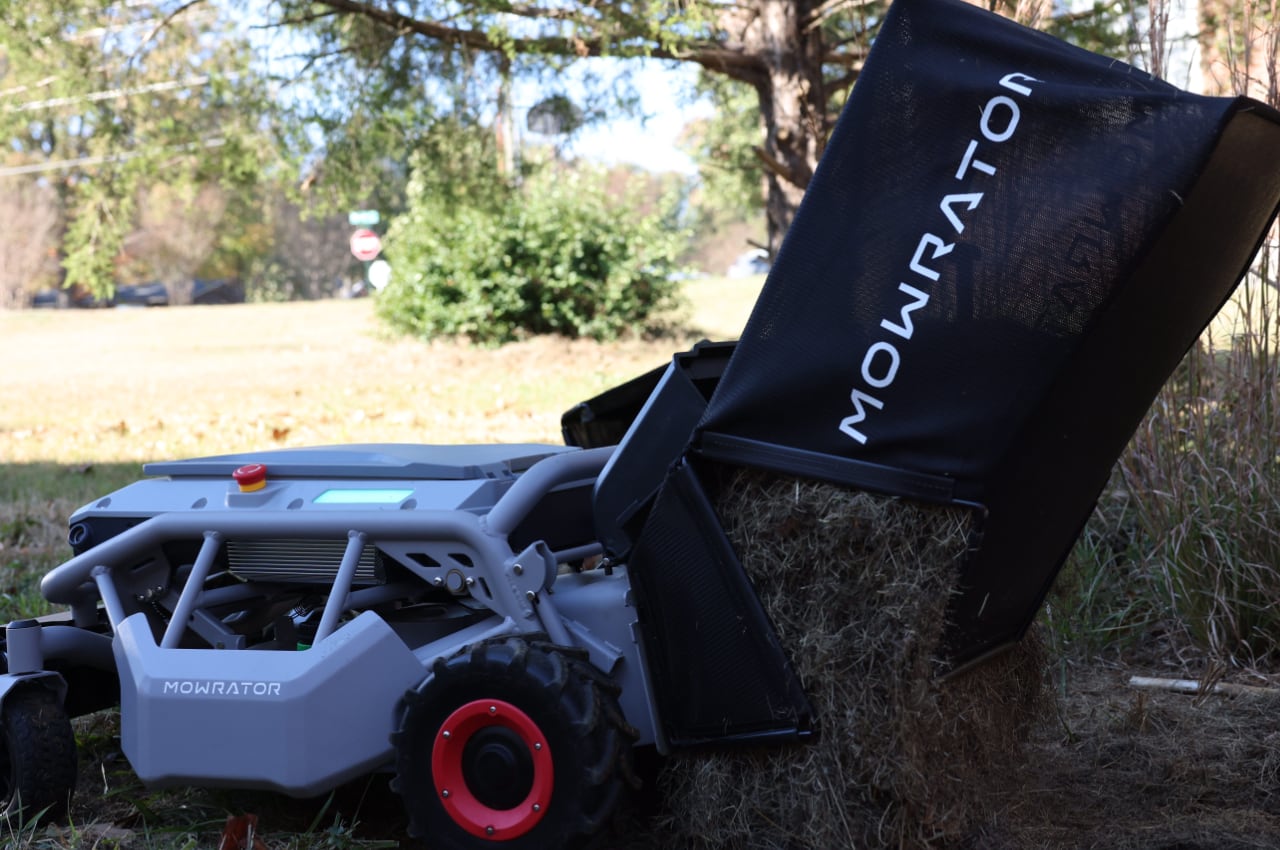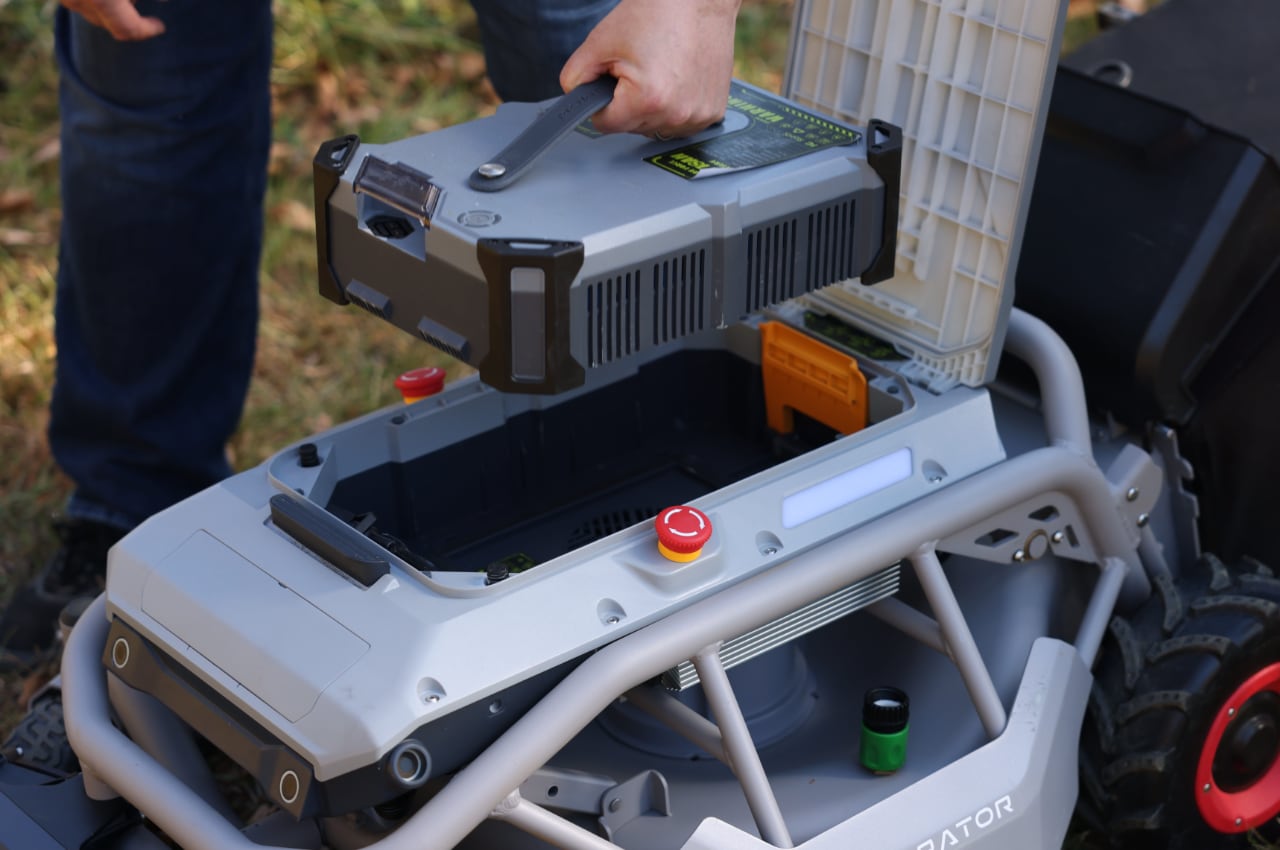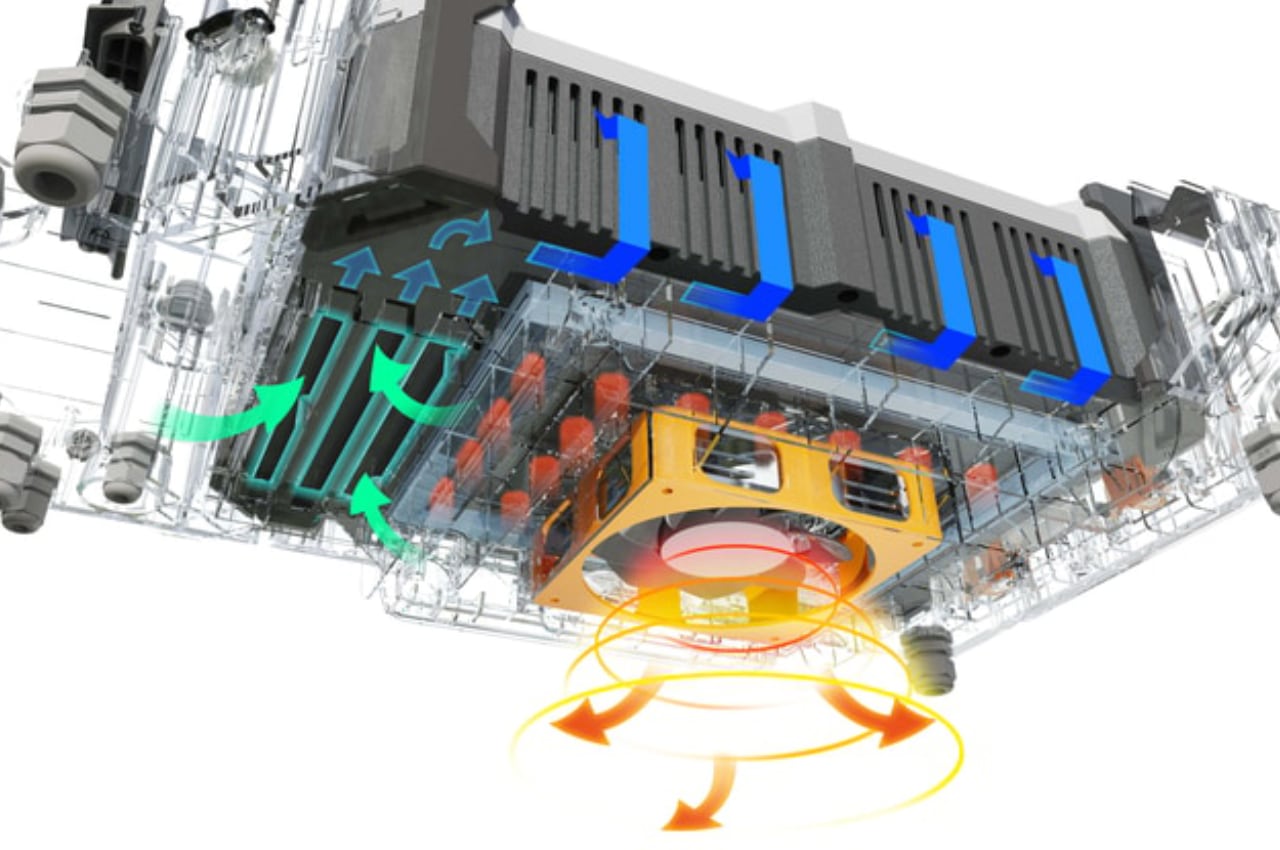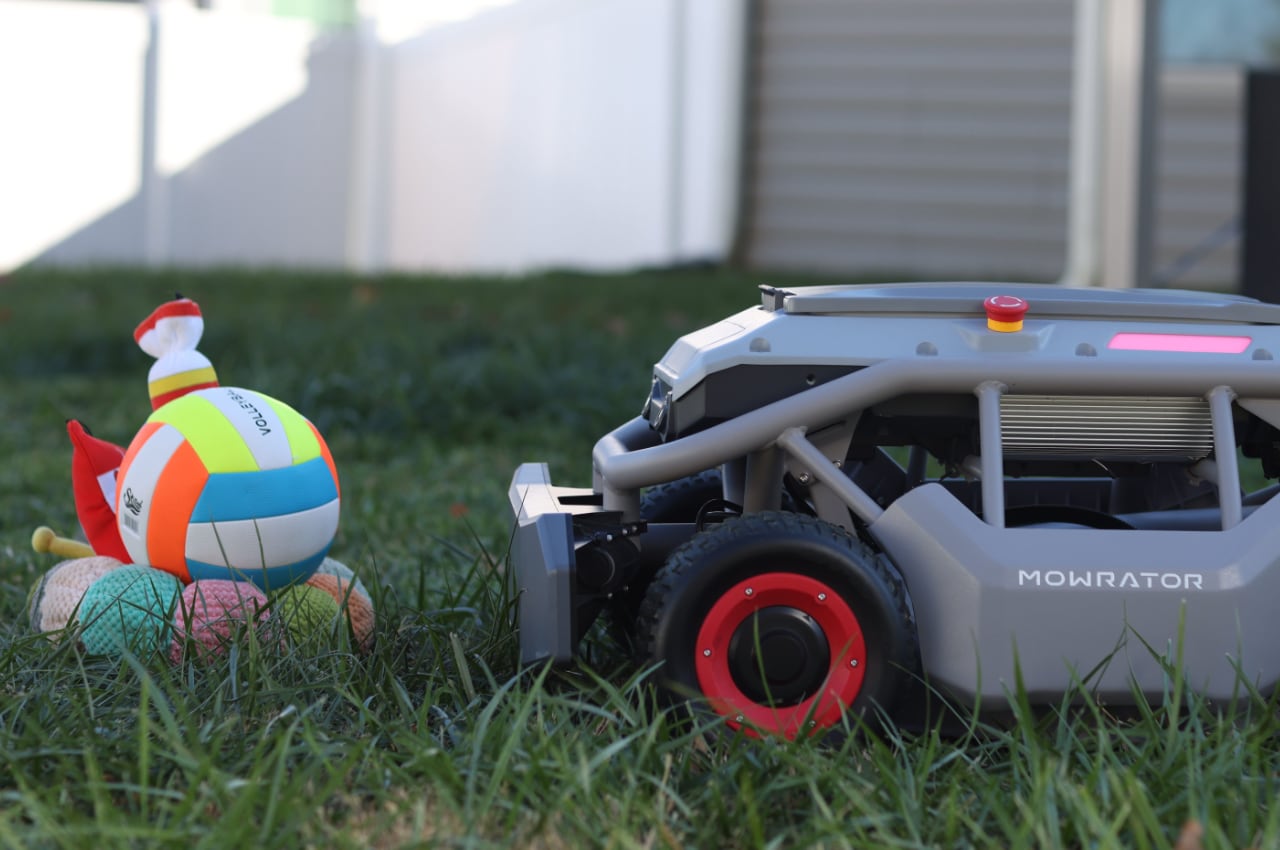Imagine a robot that can’t decide whether it wants to be a dog or a person, so it just becomes both. That’s essentially what Hong Kong’s Direct Drive Technology has created with the D1, a shape-shifting machine that’s making waves in the robotics world.
This isn’t your typical tech demo that looks cool but has zero practical use. The D1 is a seriously clever piece of engineering that addresses a real problem: different terrains require different types of movement. Need to haul something heavy across rough ground? The D1 becomes a stable four-legged robot that can carry up to 220 pounds without breaking a sweat. Got a narrow hallway or smooth surface to navigate? It splits into two sleek bipedal units that roll along at speeds up to 7 mph.
Designer: Direct Drive
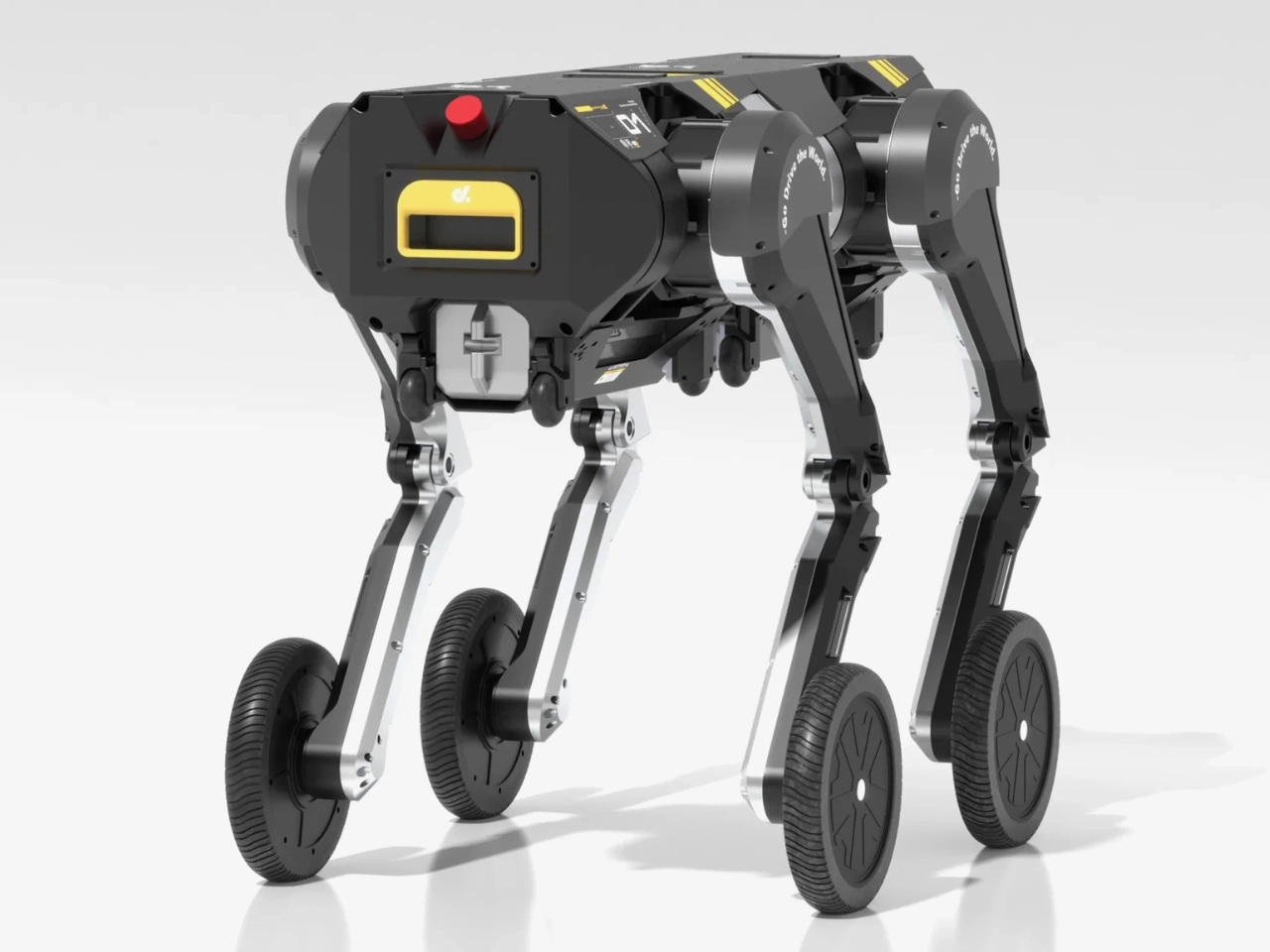
What makes the D1 truly fascinating is its modular design philosophy. Rather than trying to create one robot that does everything mediocrely, Direct Drive Technology took a different approach. They built two independent bipedal robots that can operate solo or dock together to form a quadruped when the situation demands it. It’s like having a transformer that actually serves a purpose beyond looking awesome in action sequences (though it does that too).
Each half of the D1 weighs about 54 pounds and runs on a lithium battery that provides over five hours of operation per two-hour charge. The brains behind the operation is a Jetson Orin NX 8GB processor running Ubuntu, which enables both remote control and autonomous decision-making. This means the D1 can figure out on its own when it needs to split apart or come together based on what it’s facing.
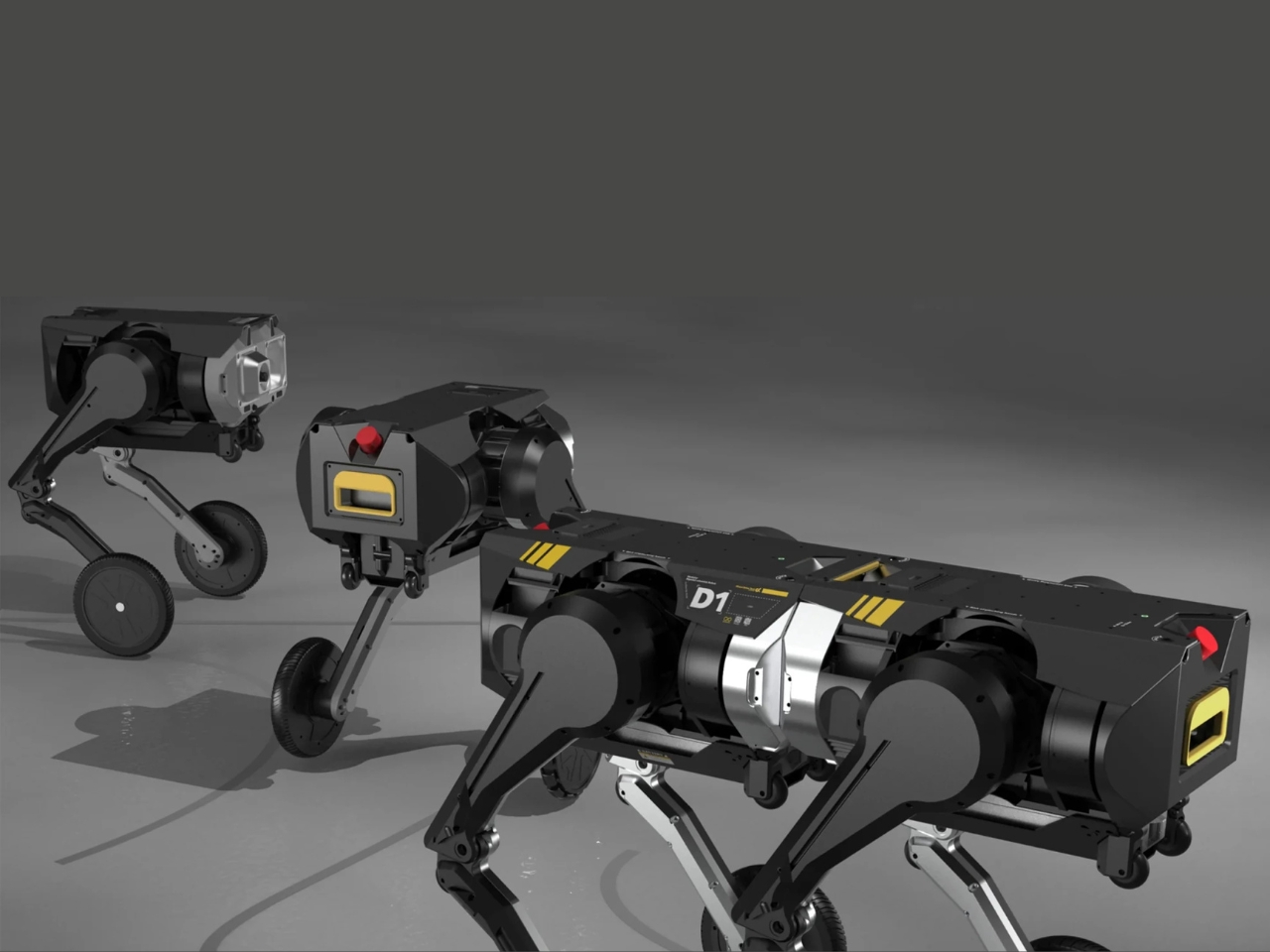
The real-world testing footage shows the D1 tackling scenarios that would trip up most robots. In one clip, it takes a nasty fall on rough terrain but recovers its balance with the kind of precision that makes you wonder if someone’s secretly controlling it. Another scene shows it rolling across water without losing its footing, which is the kind of versatility that could make this robot genuinely useful in disaster response, industrial inspection, or military applications.
What’s particularly smart about this design is how it leverages the strengths of both biped and quadruped configurations. Four-legged robots are notoriously stable and excel on uneven surfaces, which is why we see so many robotic dogs being developed for rough terrain exploration. Meanwhile, bipedal robots are typically lighter, more compact, and better suited for flat surfaces where speed and efficiency matter more than stability. Direct Drive Technology essentially looked at that trade-off and said, “Why choose?” The result is a robot that doesn’t have to compromise. When it needs to be a scout vehicle patrolling smooth terrain, it operates in its speedy biped mode with wheels. When stability and payload capacity become priorities, it transforms into a sure-footed quadruped that can handle chaos.
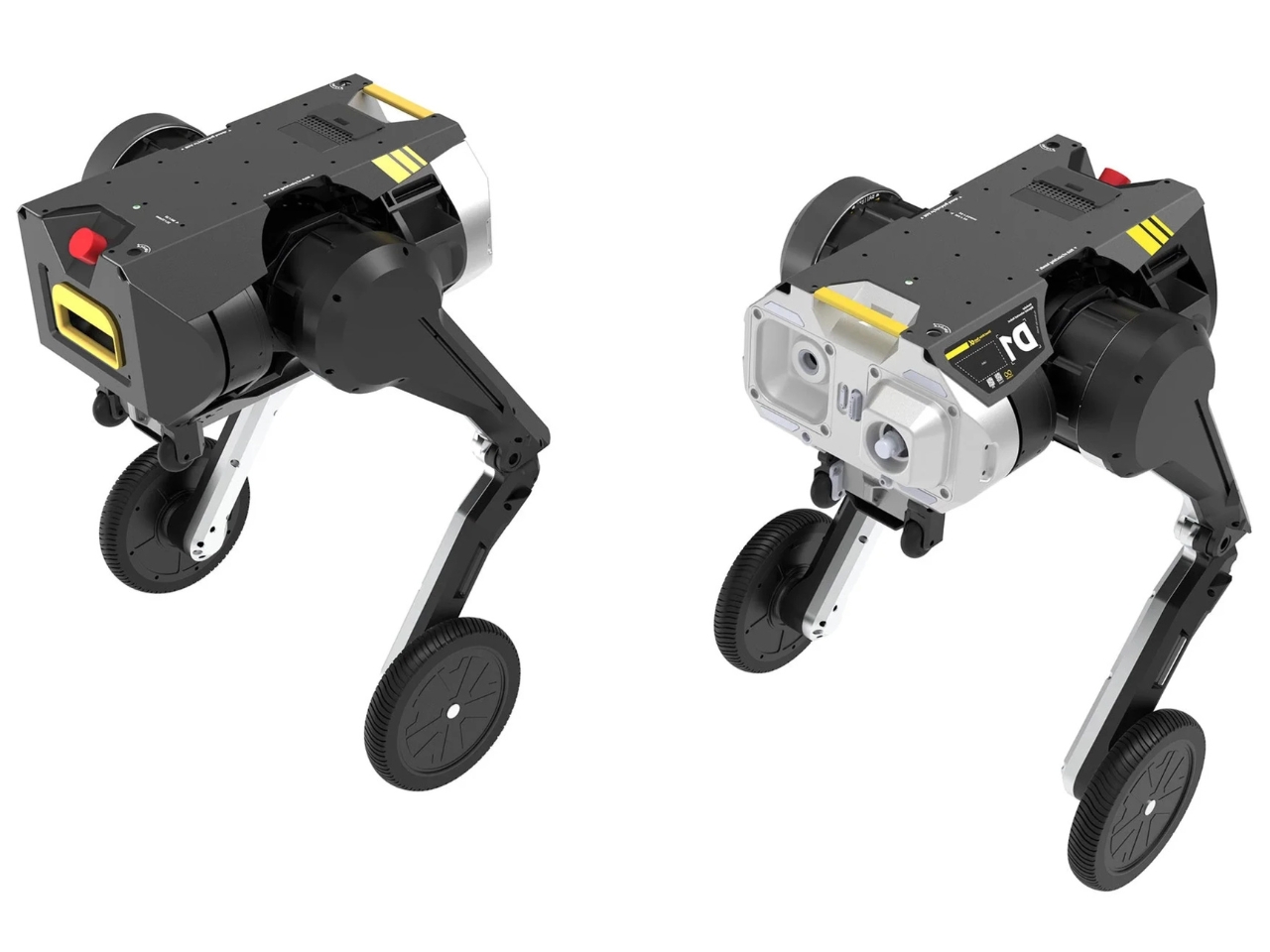
The timing of this innovation is interesting too. As robots move out of controlled factory environments and into the messy real world, adaptability becomes crucial. A delivery robot that can handle both indoor corridors and outdoor terrain without needing two different machines makes a lot of economic sense. The same goes for search and rescue operations where conditions can change dramatically within a single mission.
Direct Drive Technology is calling the D1 the world’s first fully modular embodied intelligence robot, which is a bold claim in a field that’s moving incredibly fast. But watching the demonstration video, it’s hard to argue with the innovation on display. This is a robot that fundamentally rethinks how we approach locomotion in machines. Whether the D1 becomes commercially successful or remains a fascinating proof of concept, it represents something important: a shift from specialized robots toward truly adaptable ones that can handle whatever environment you throw at them. And in a world that’s increasingly complex and unpredictable, that kind of flexibility might be exactly what we need.
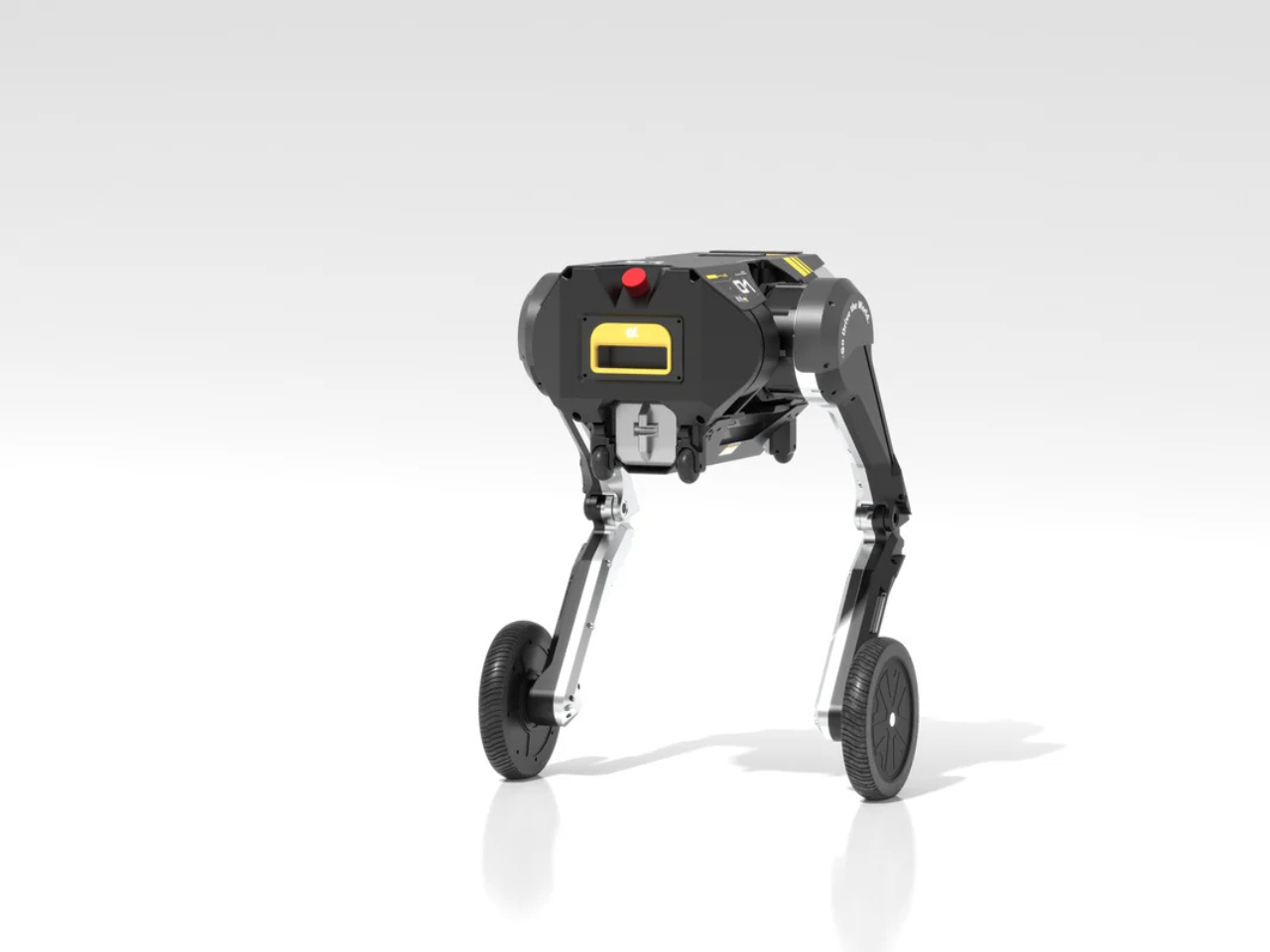
The post This Robot Changes Shape to Match Any Terrain You Throw at It first appeared on Yanko Design.
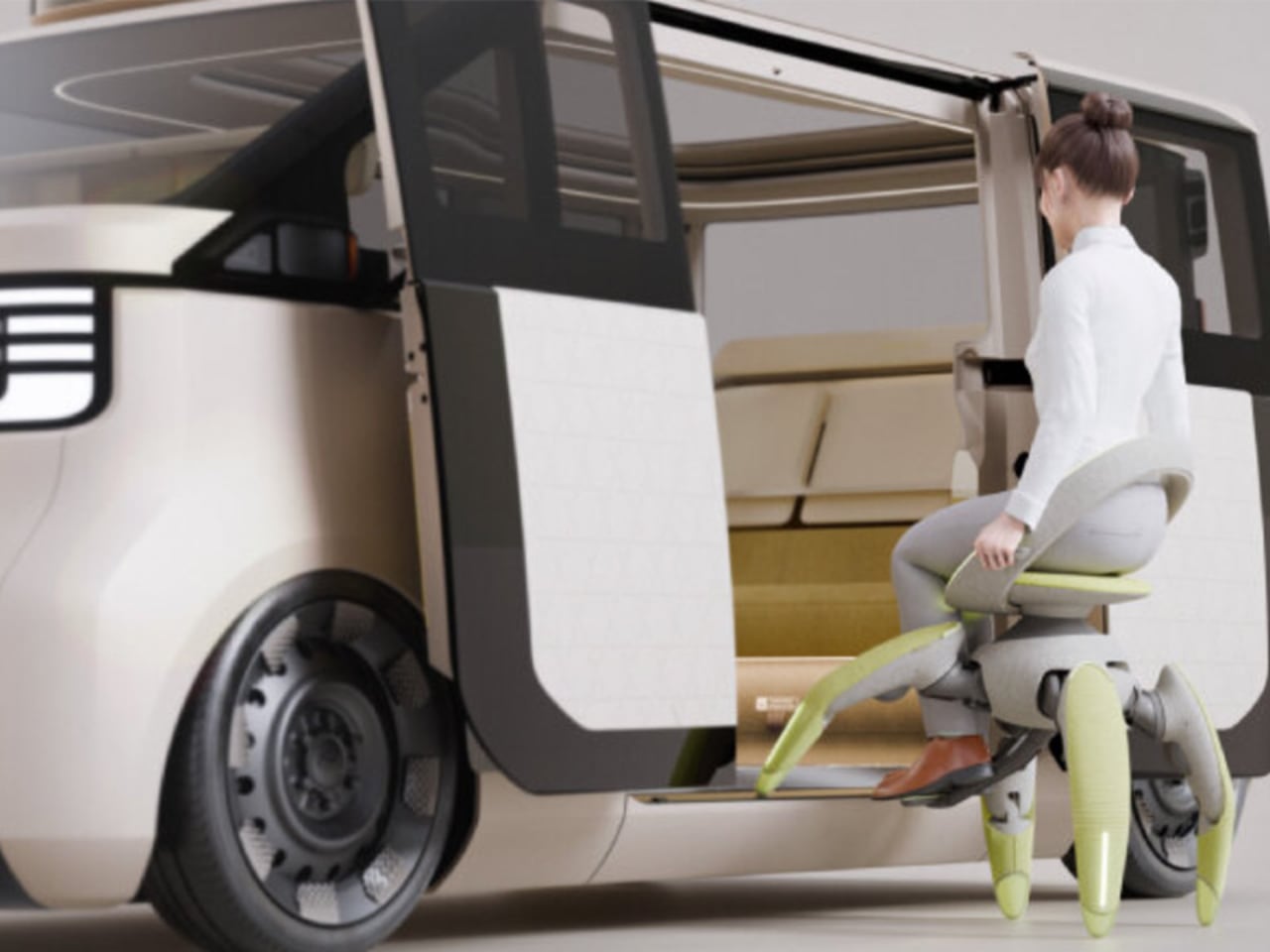
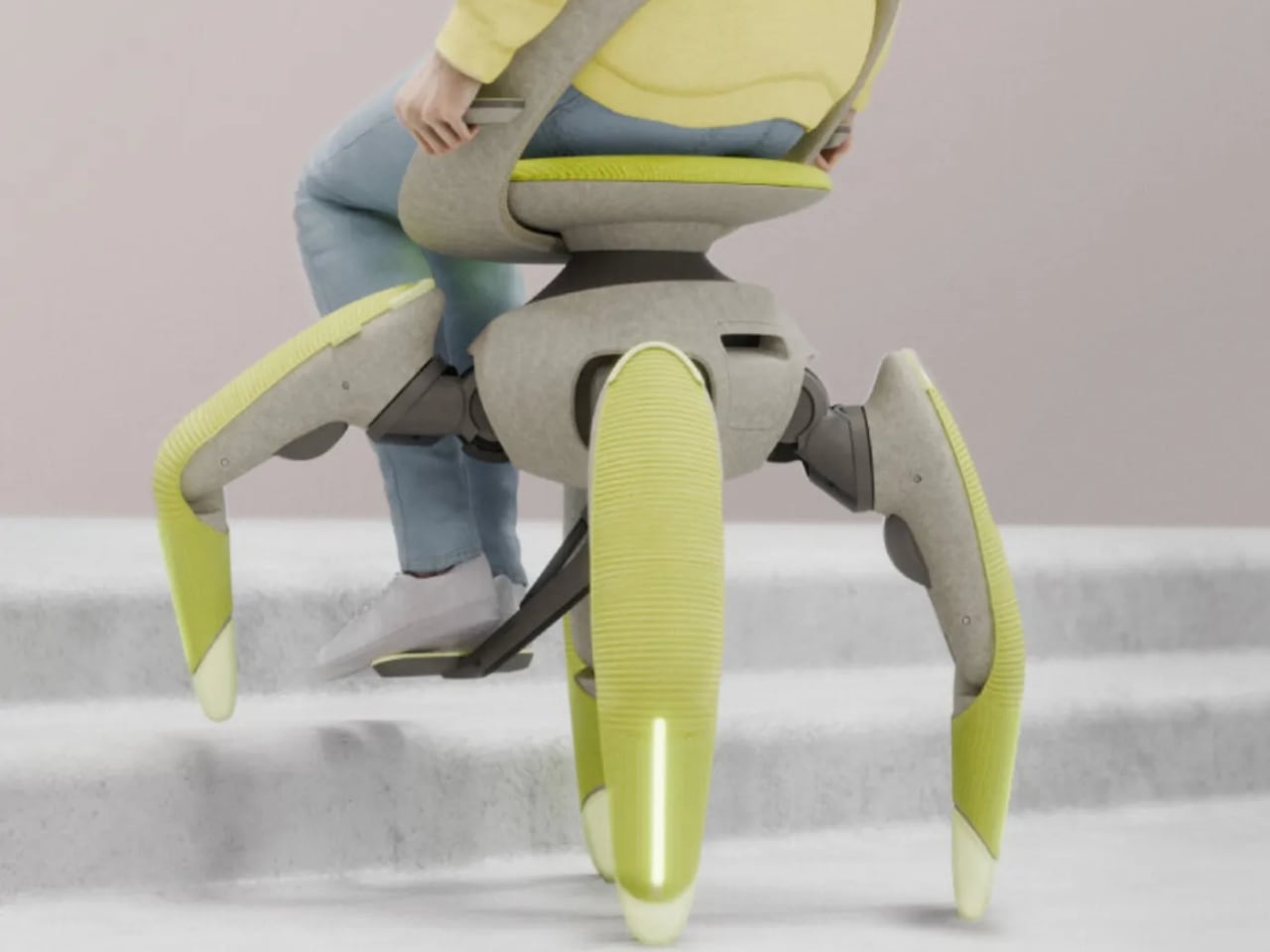
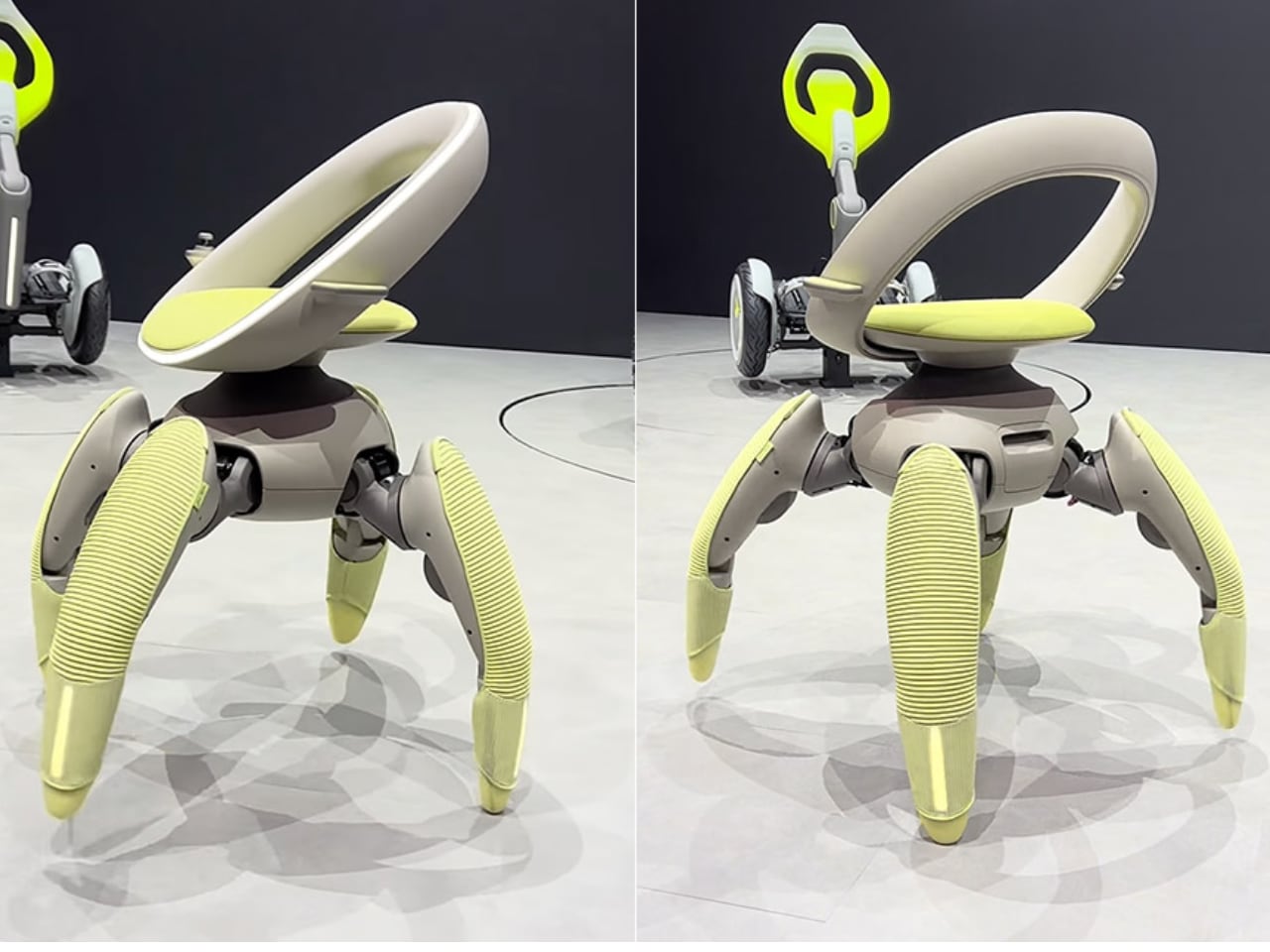
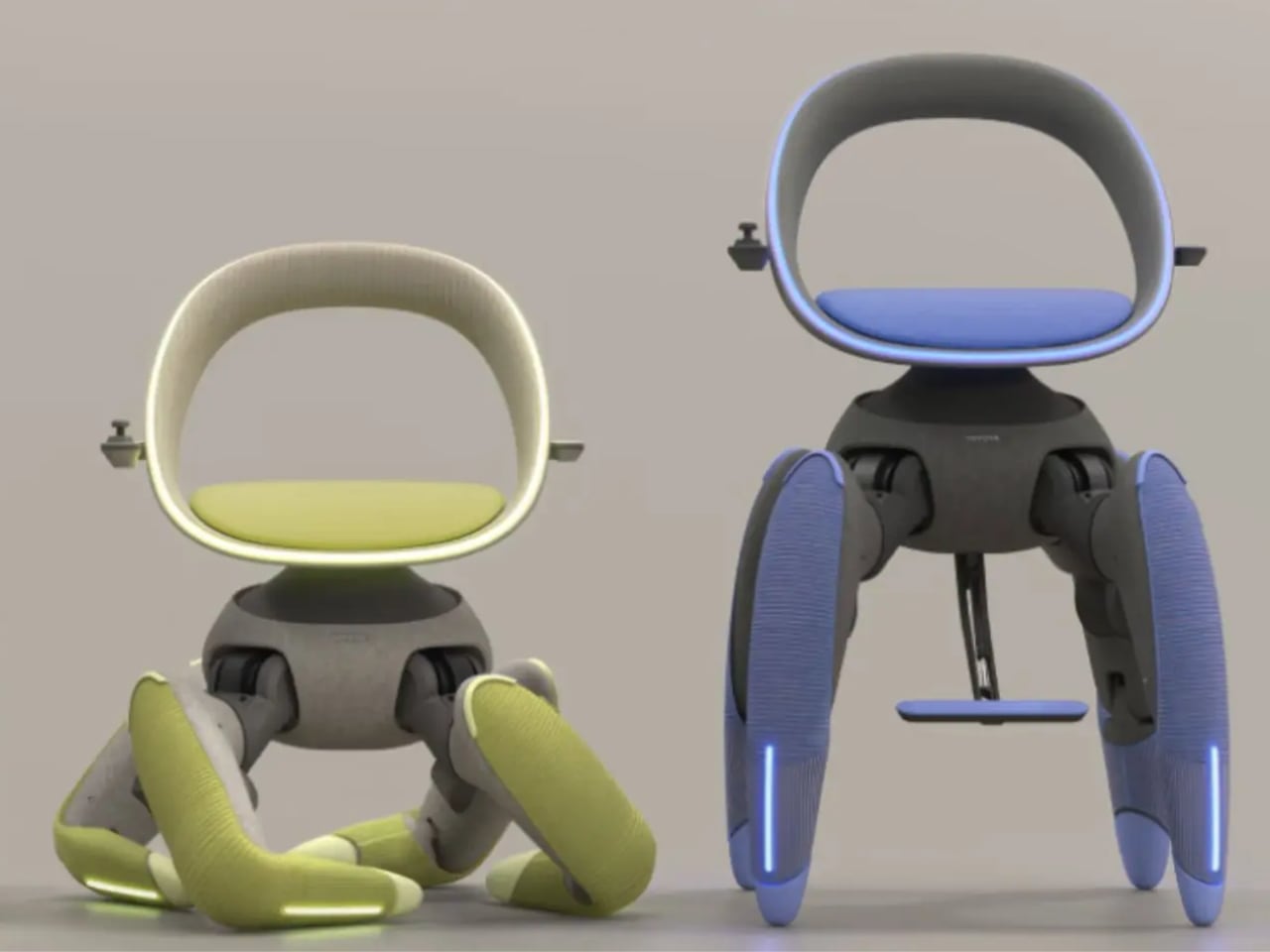
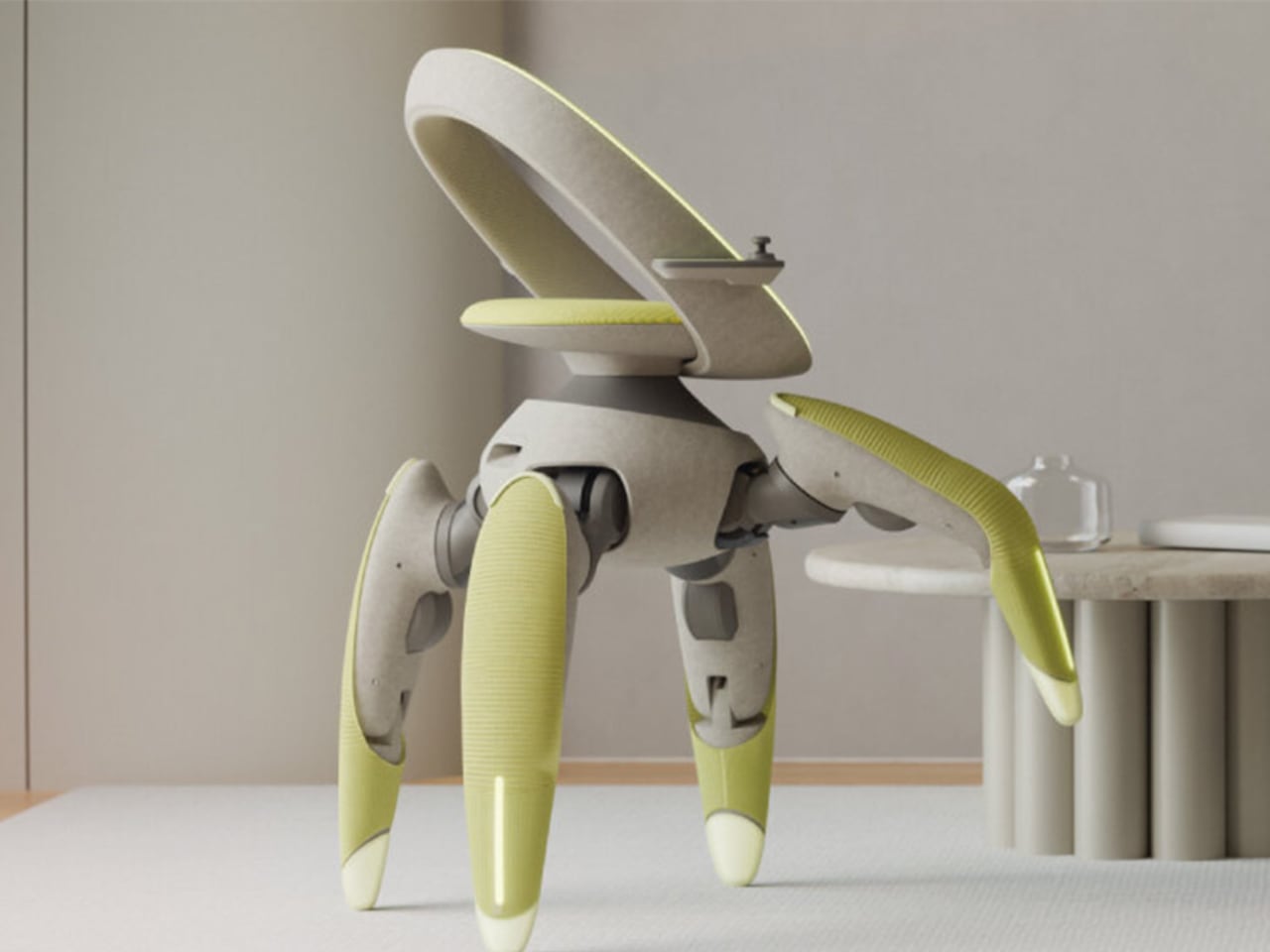
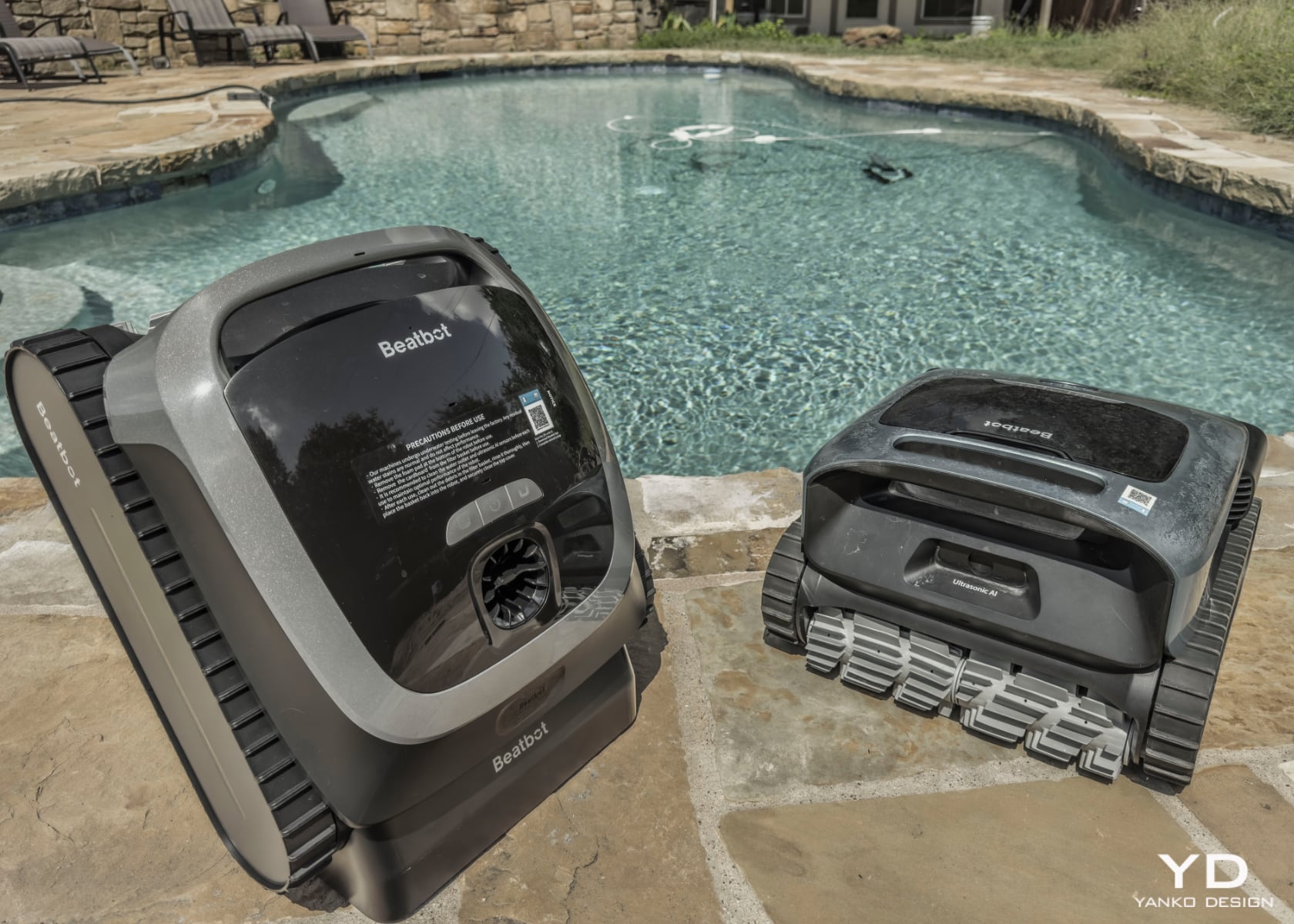
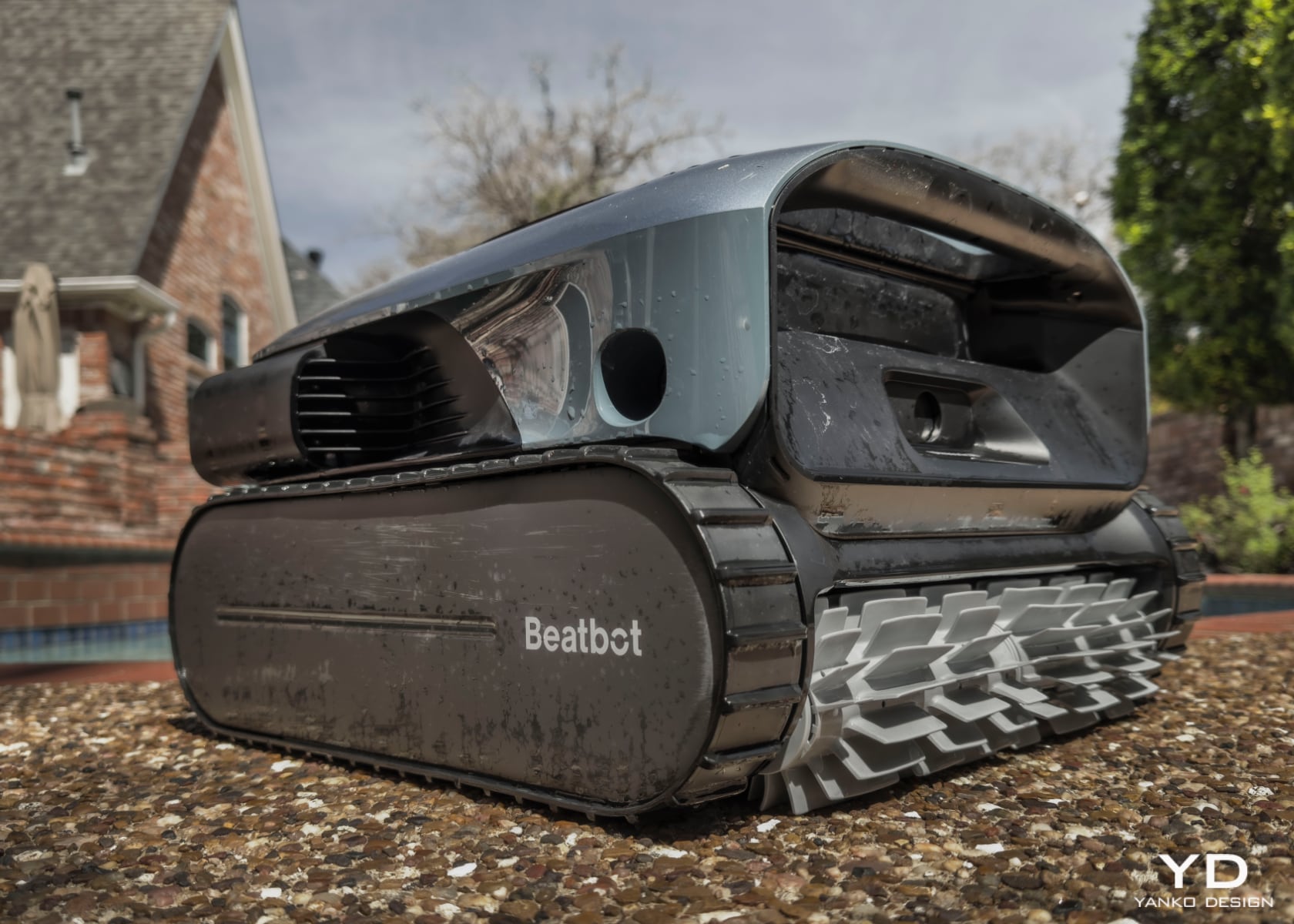


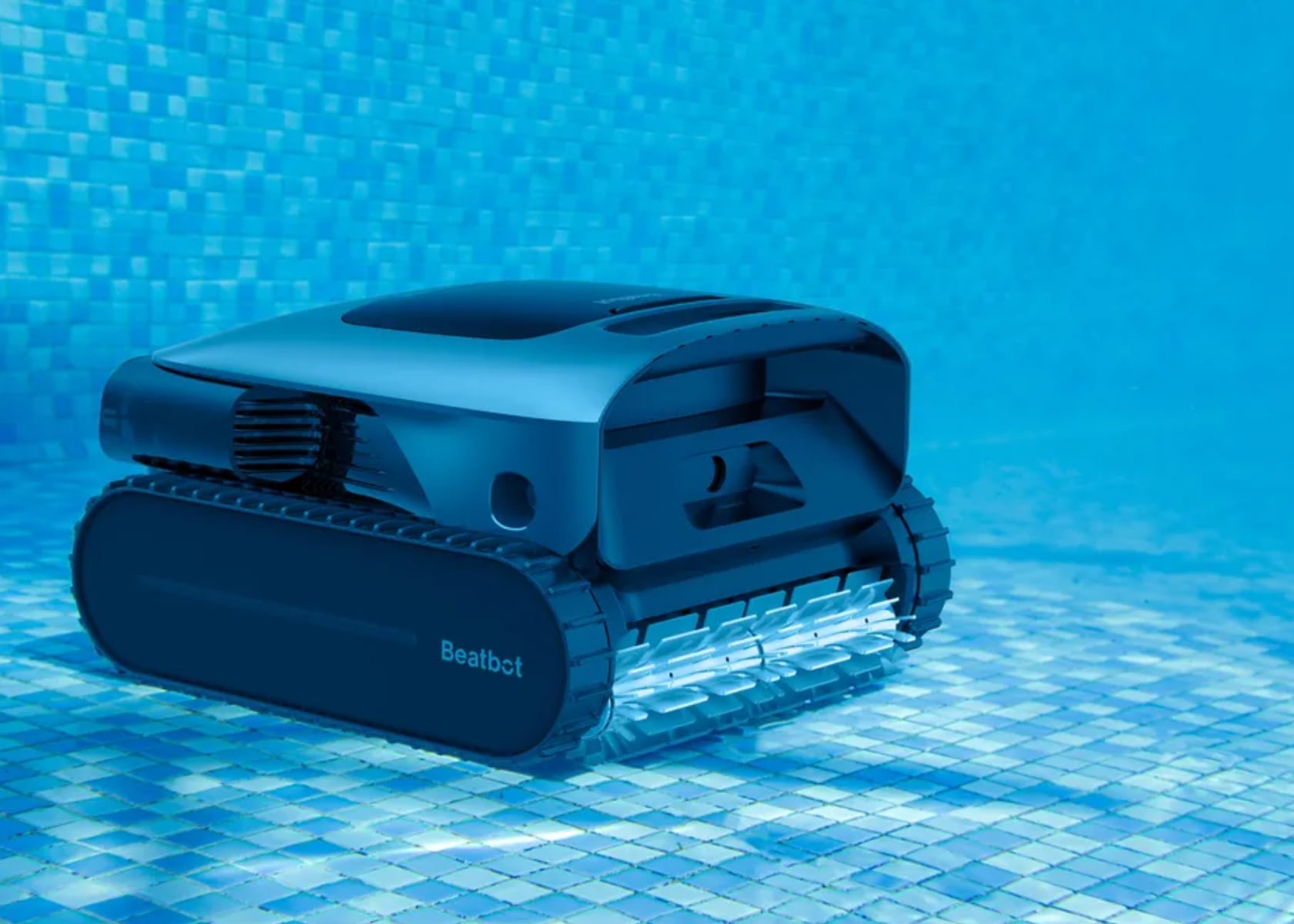
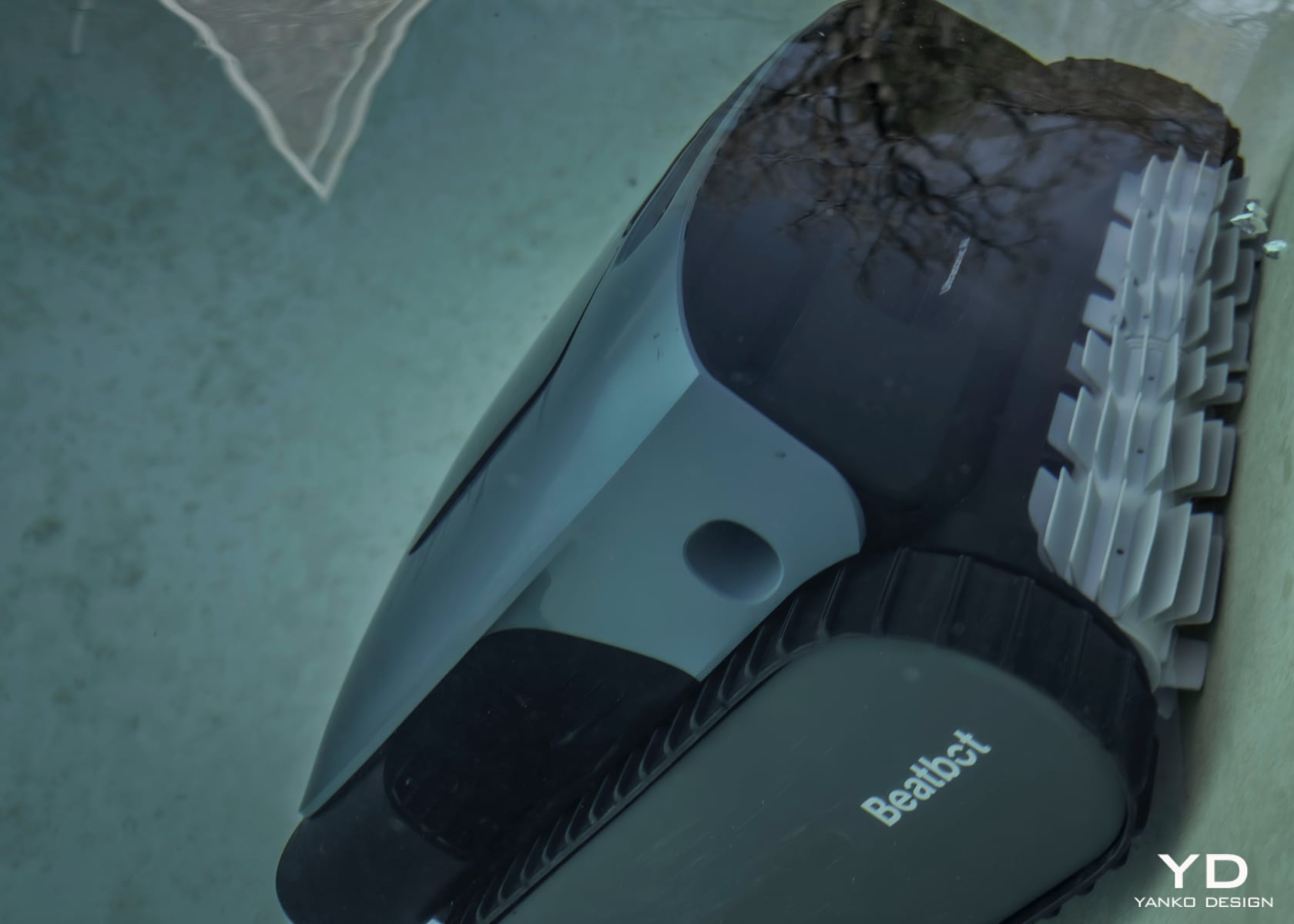
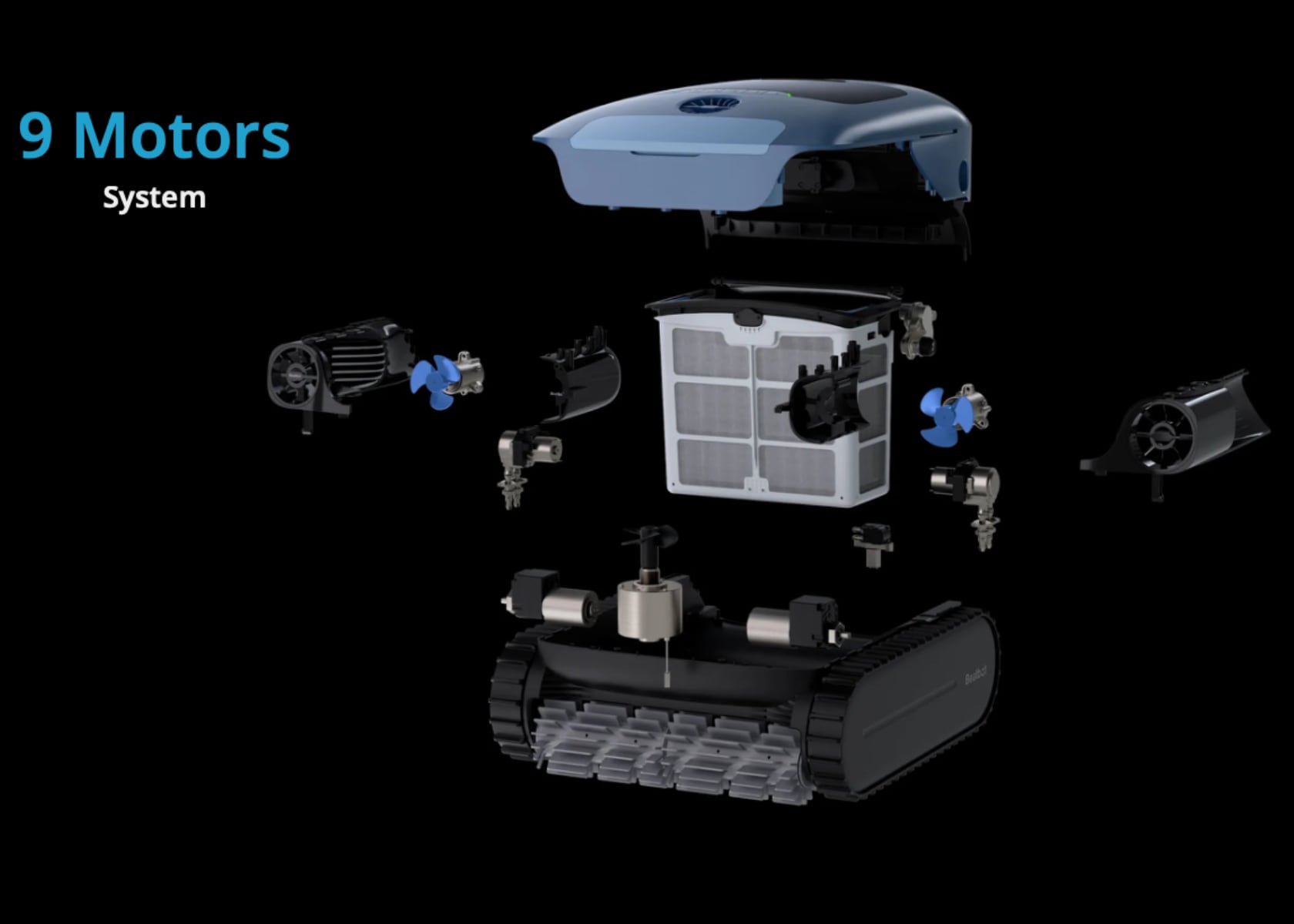
 9-Motor System
9-Motor System